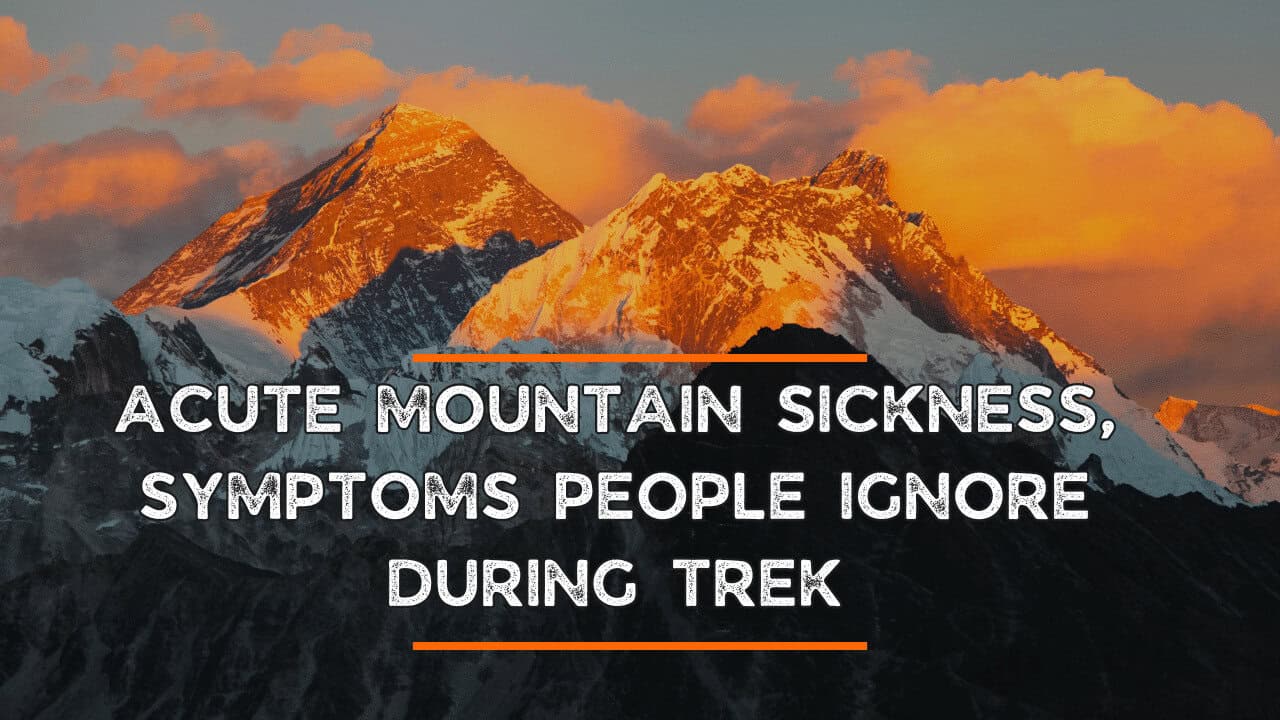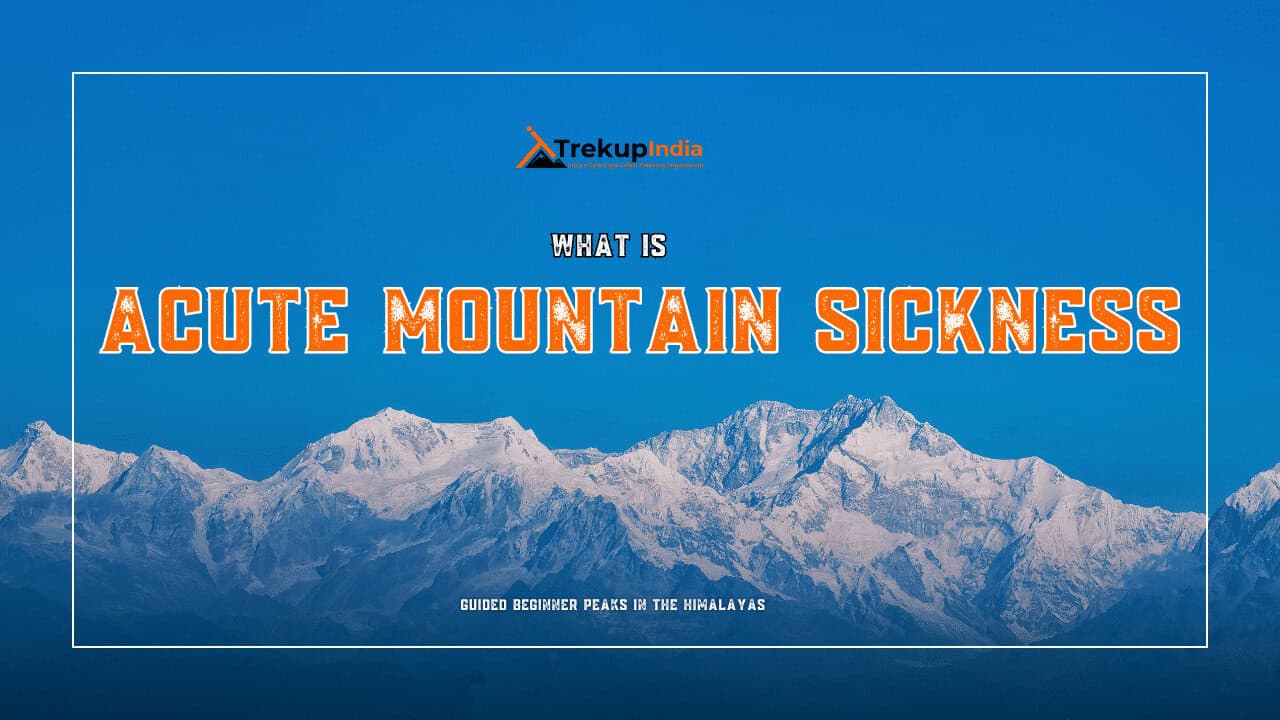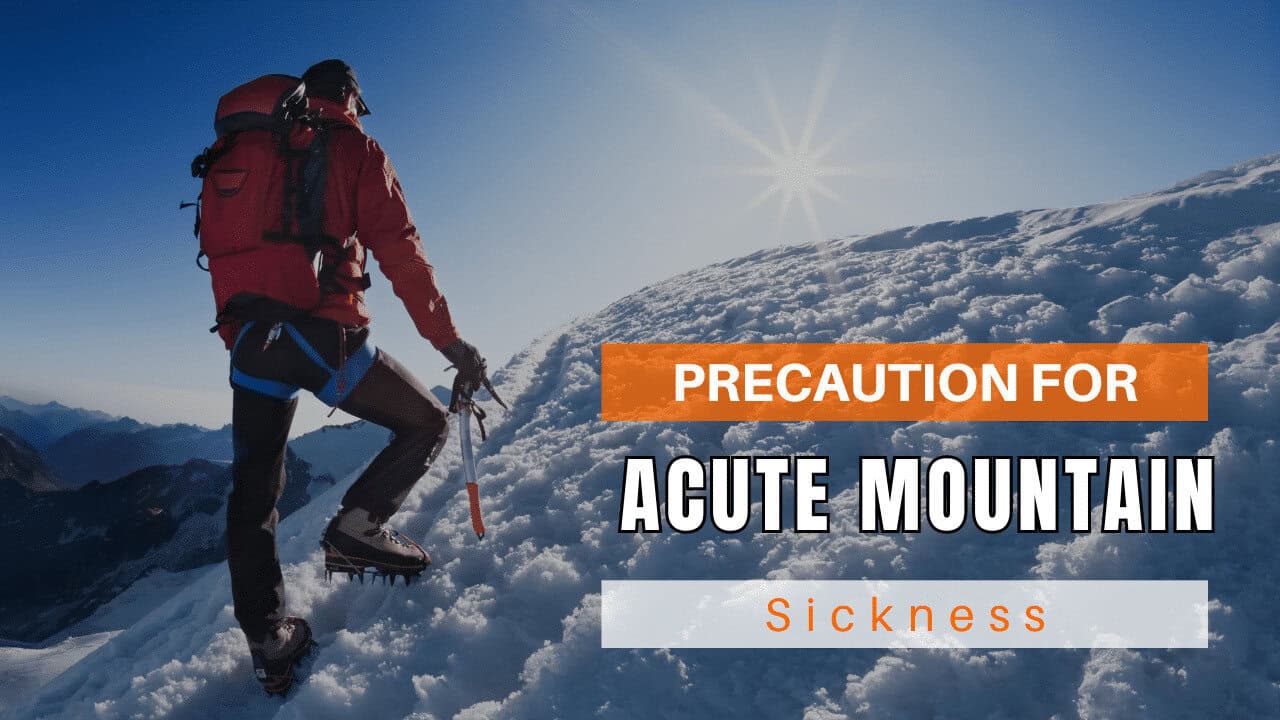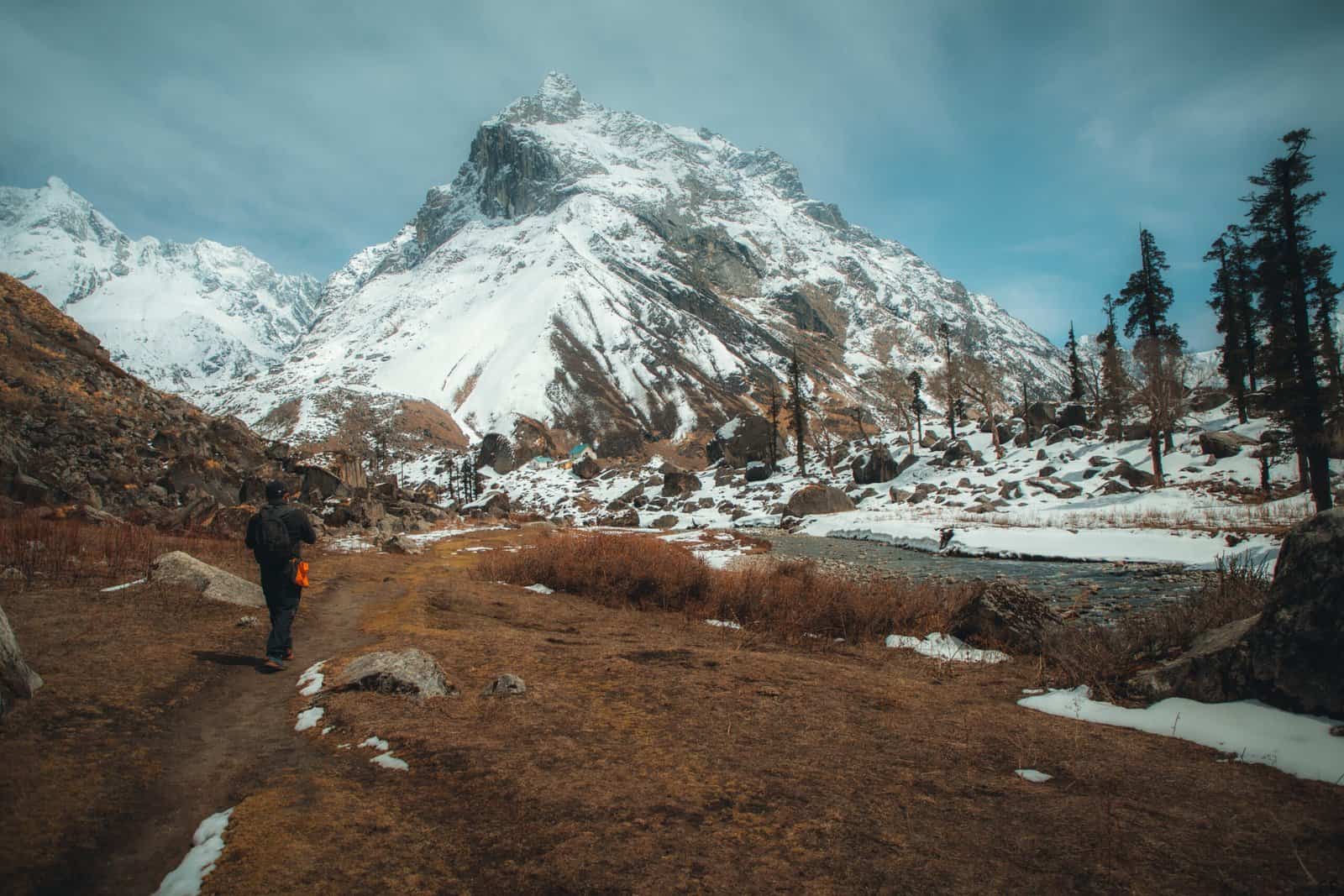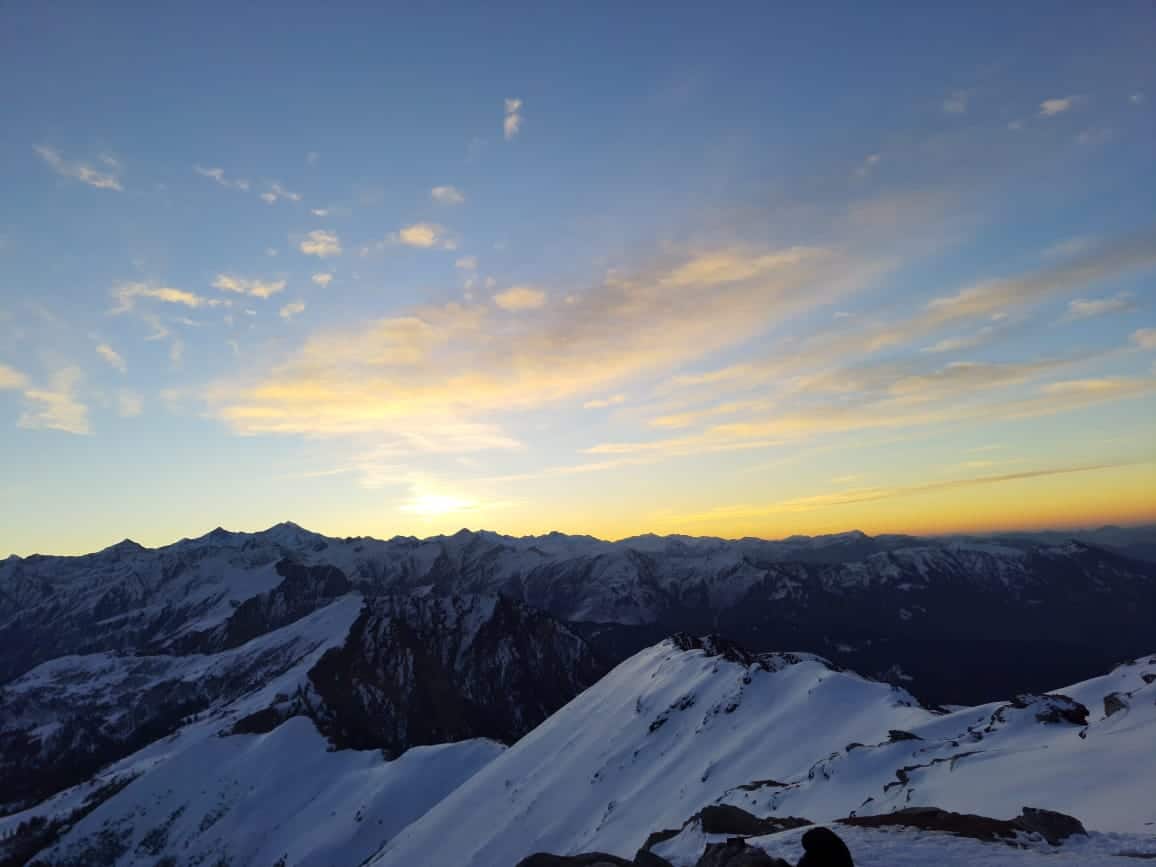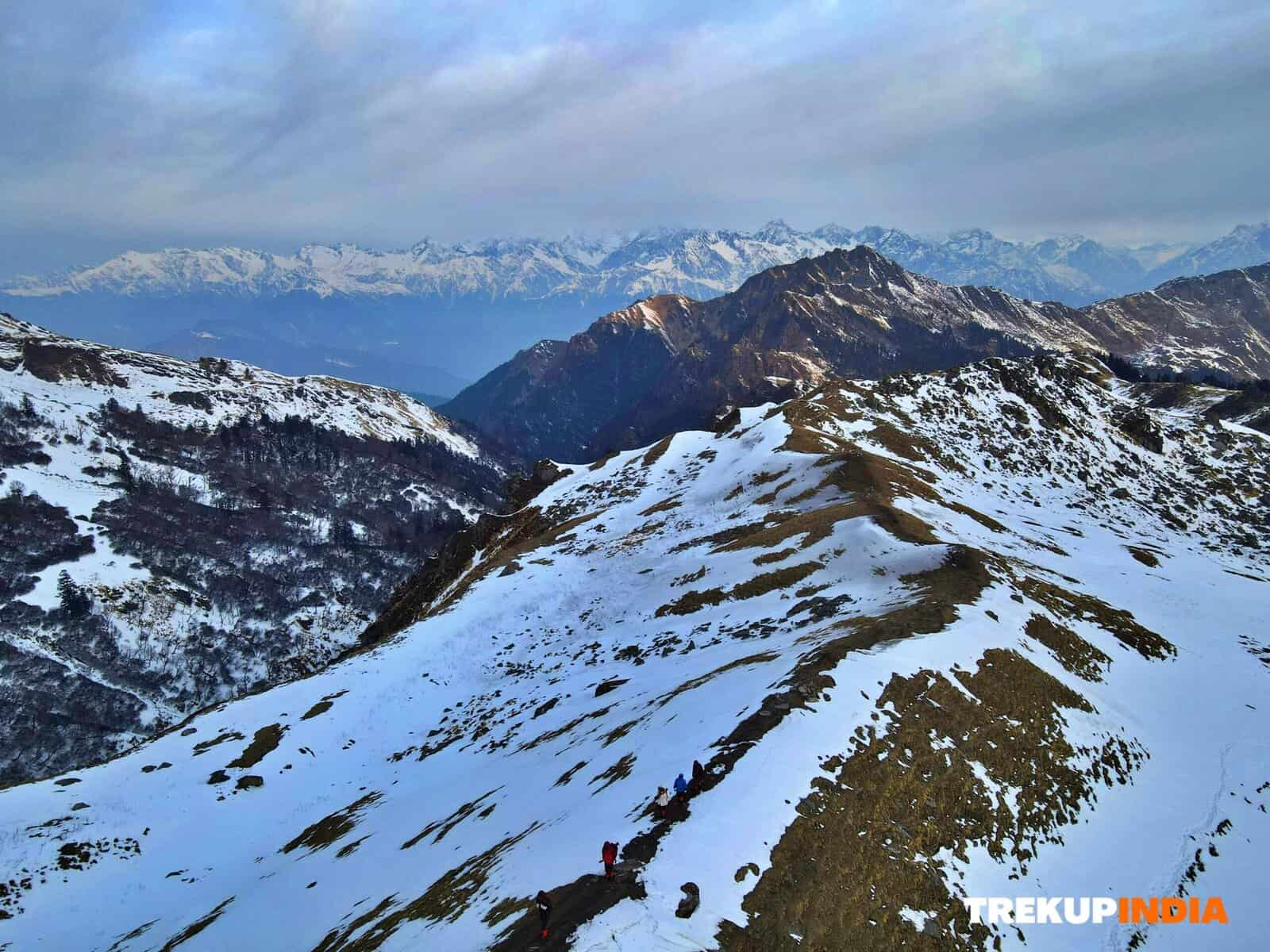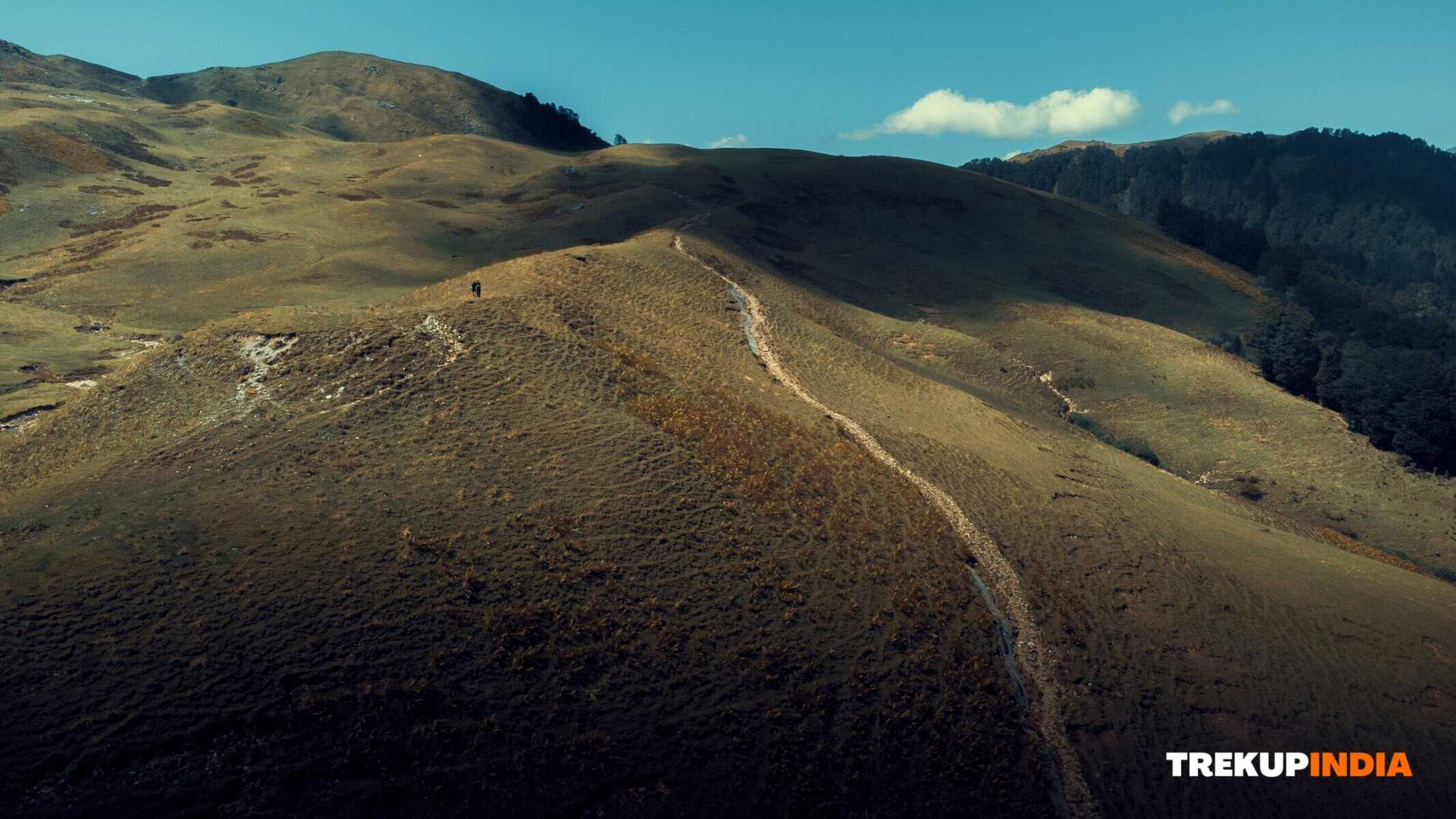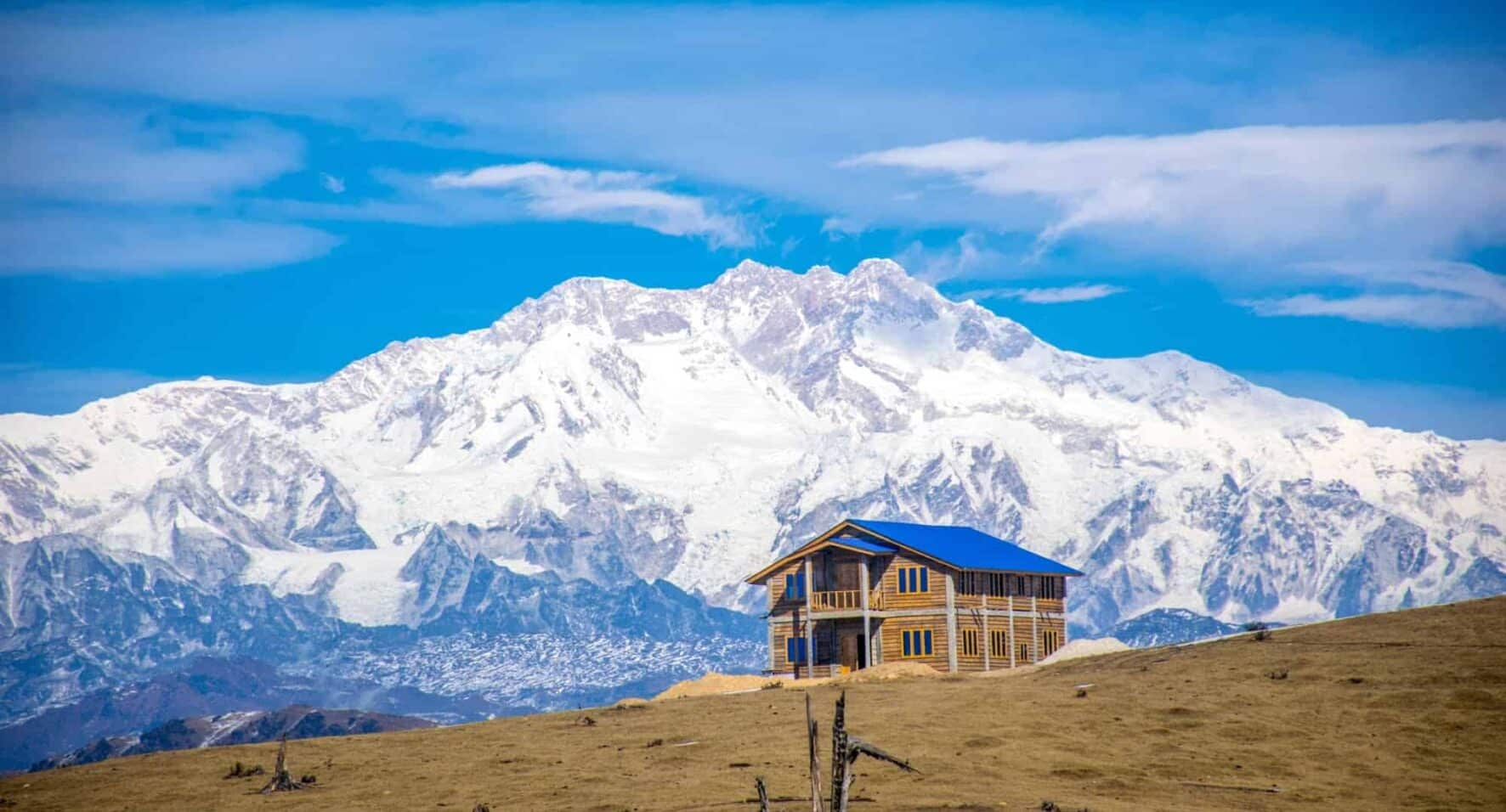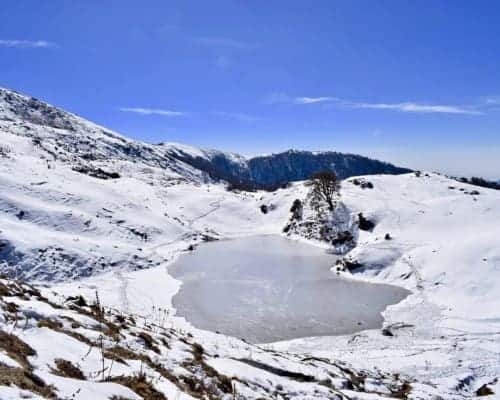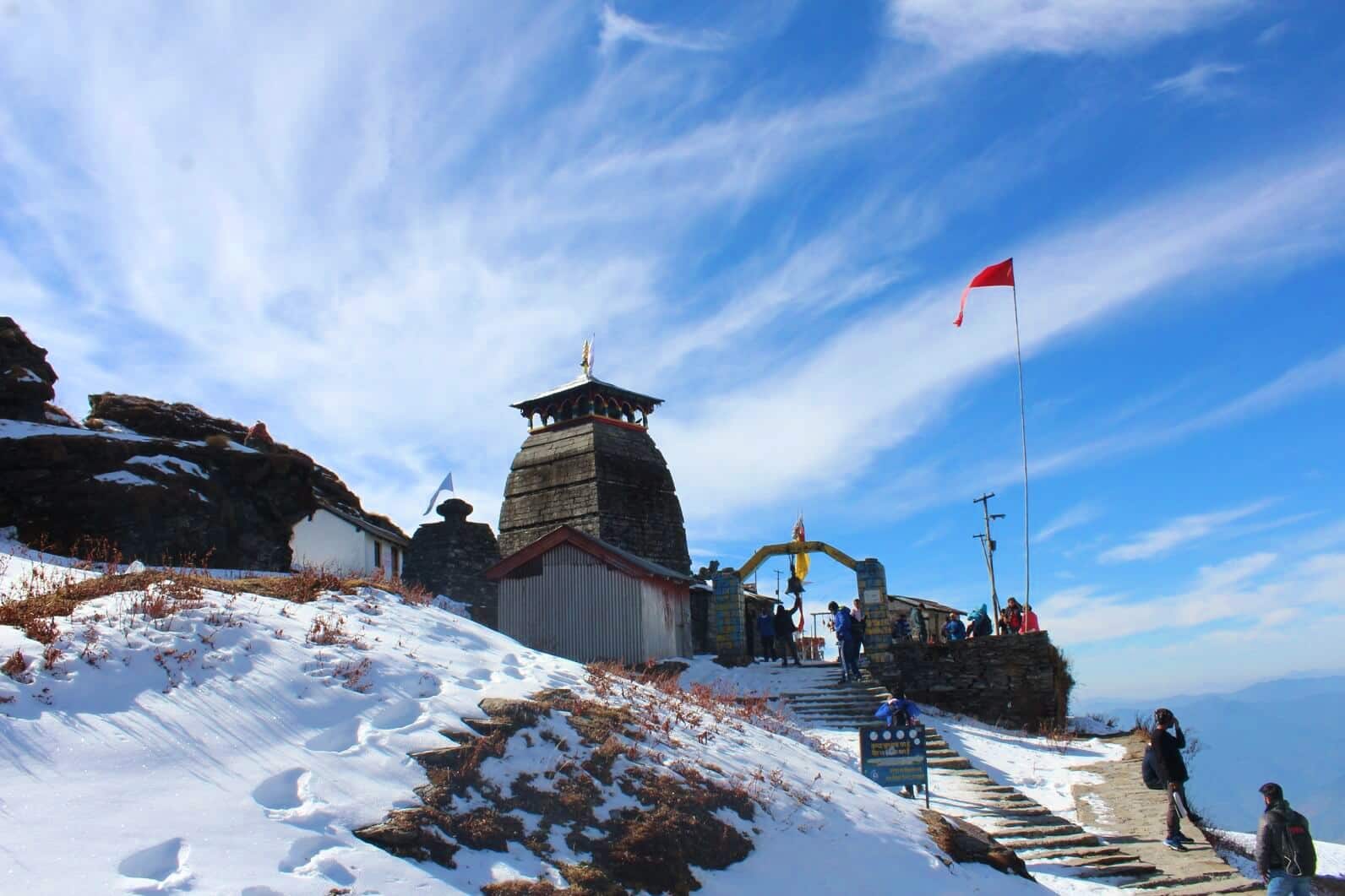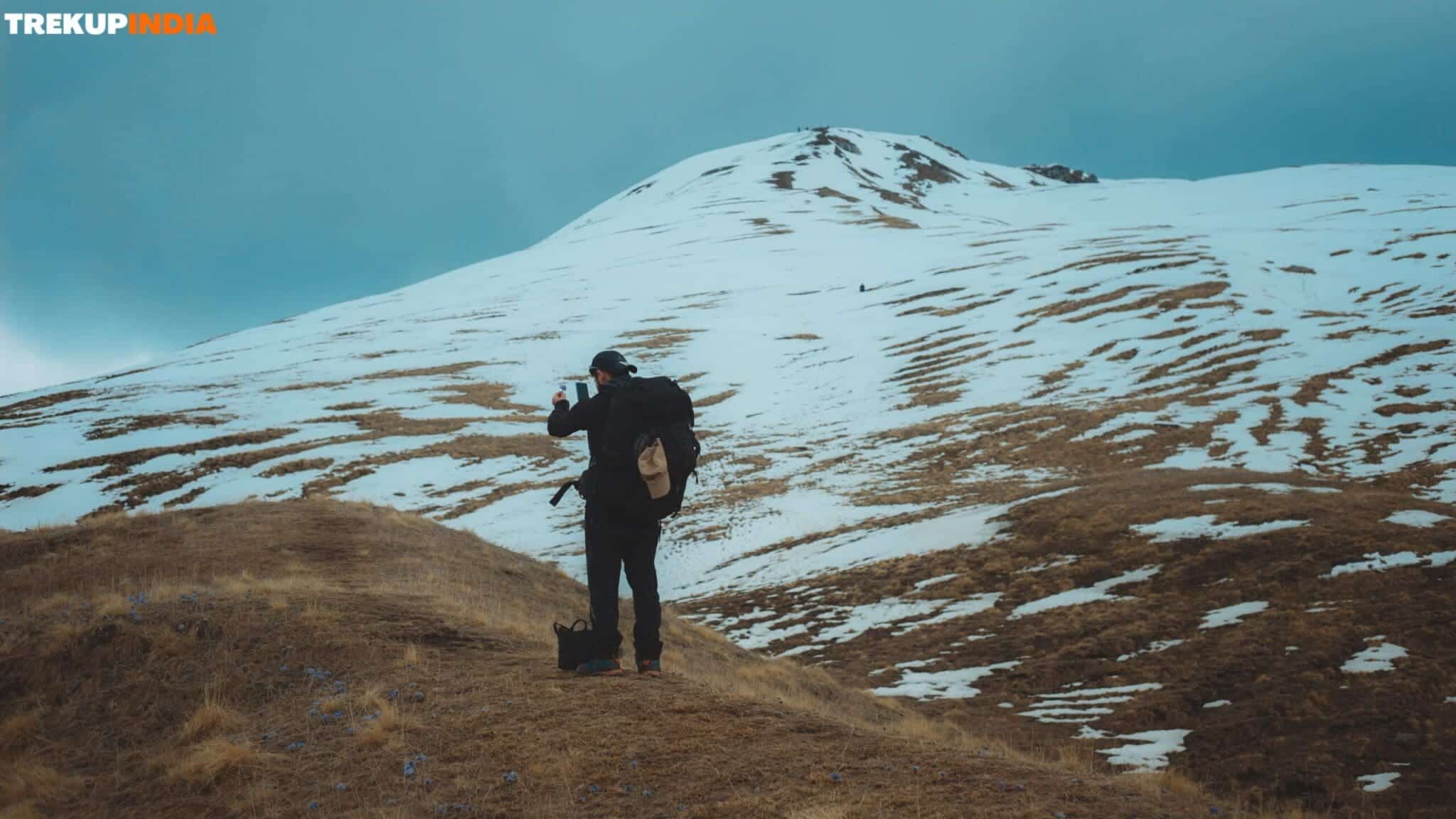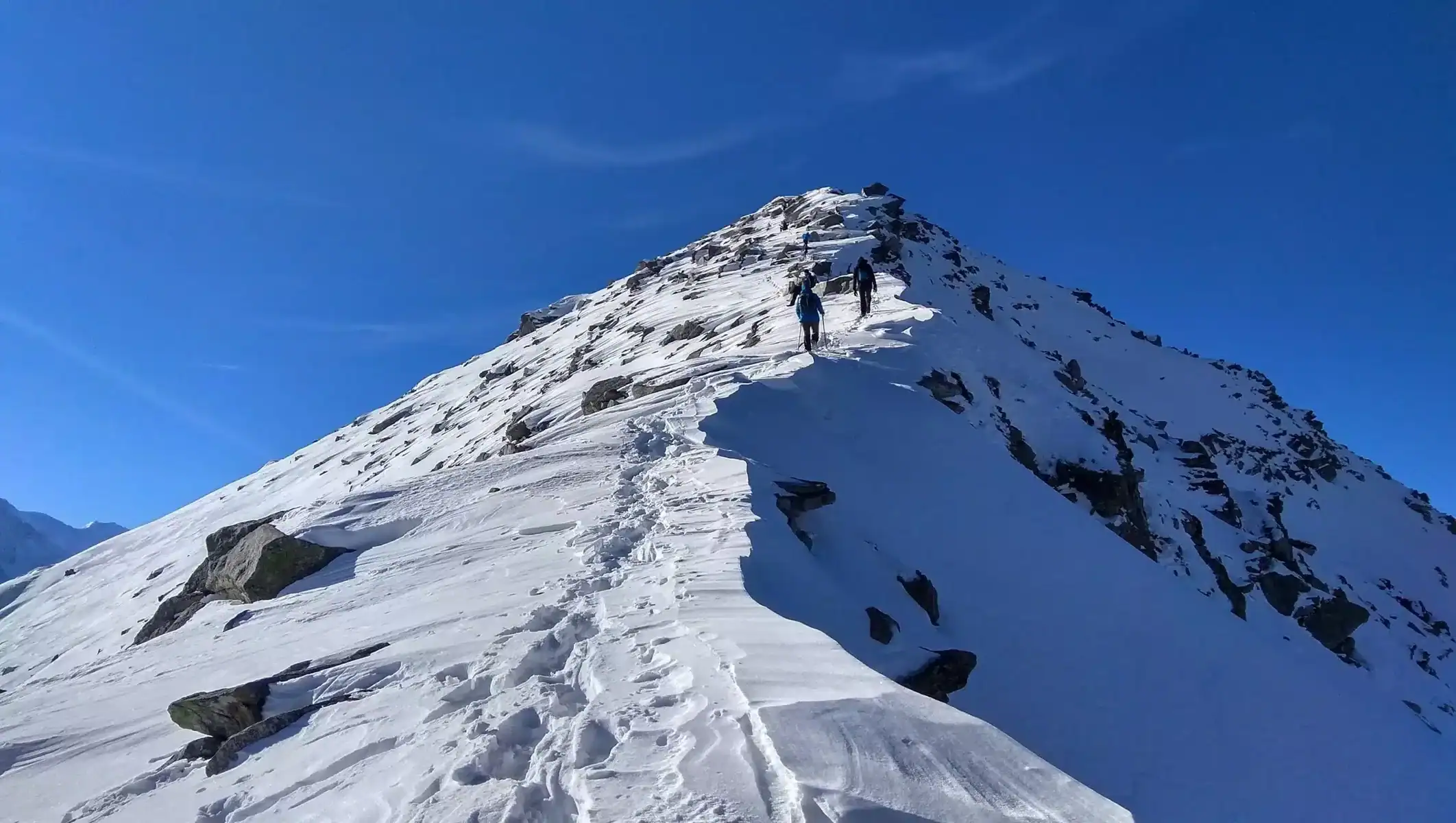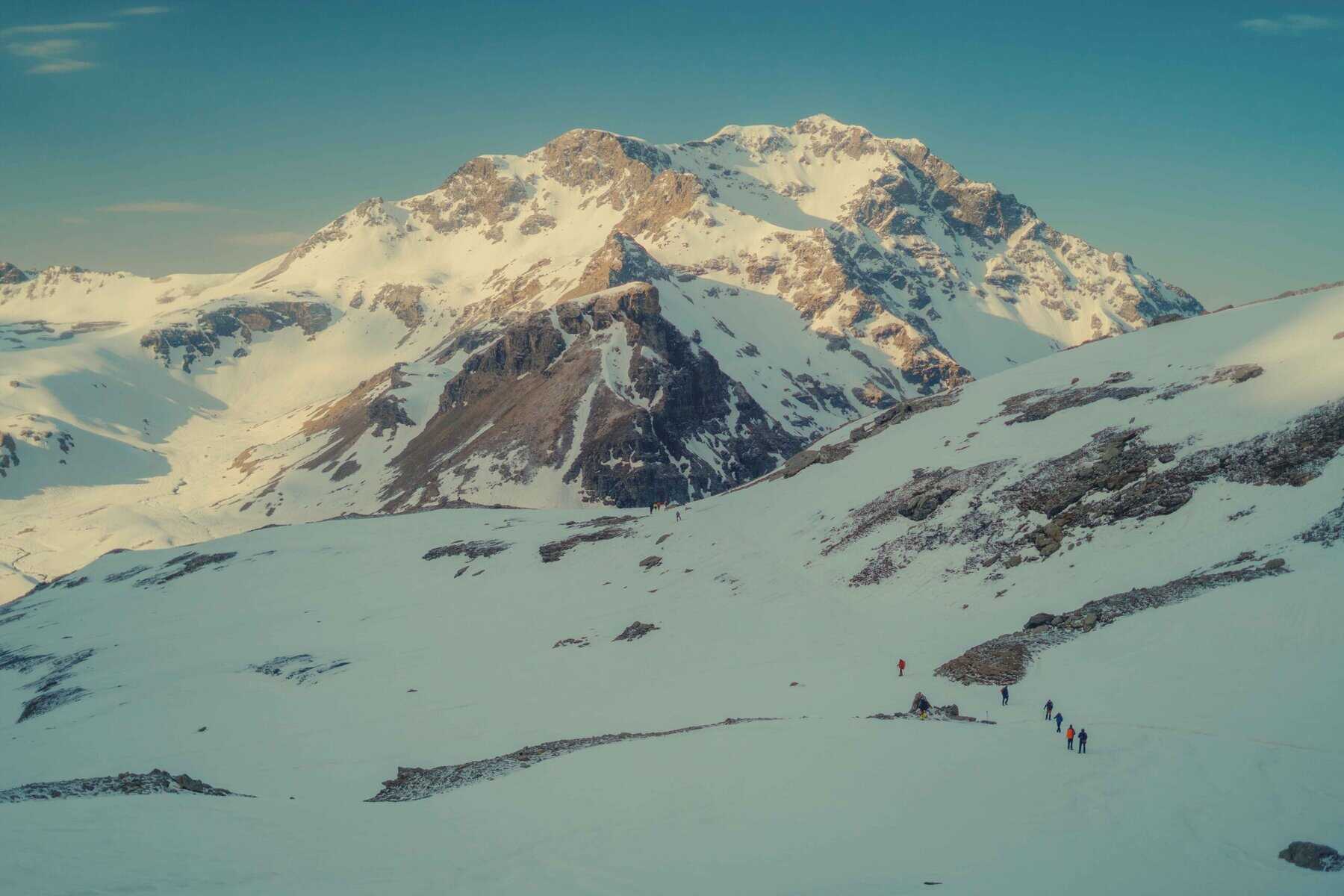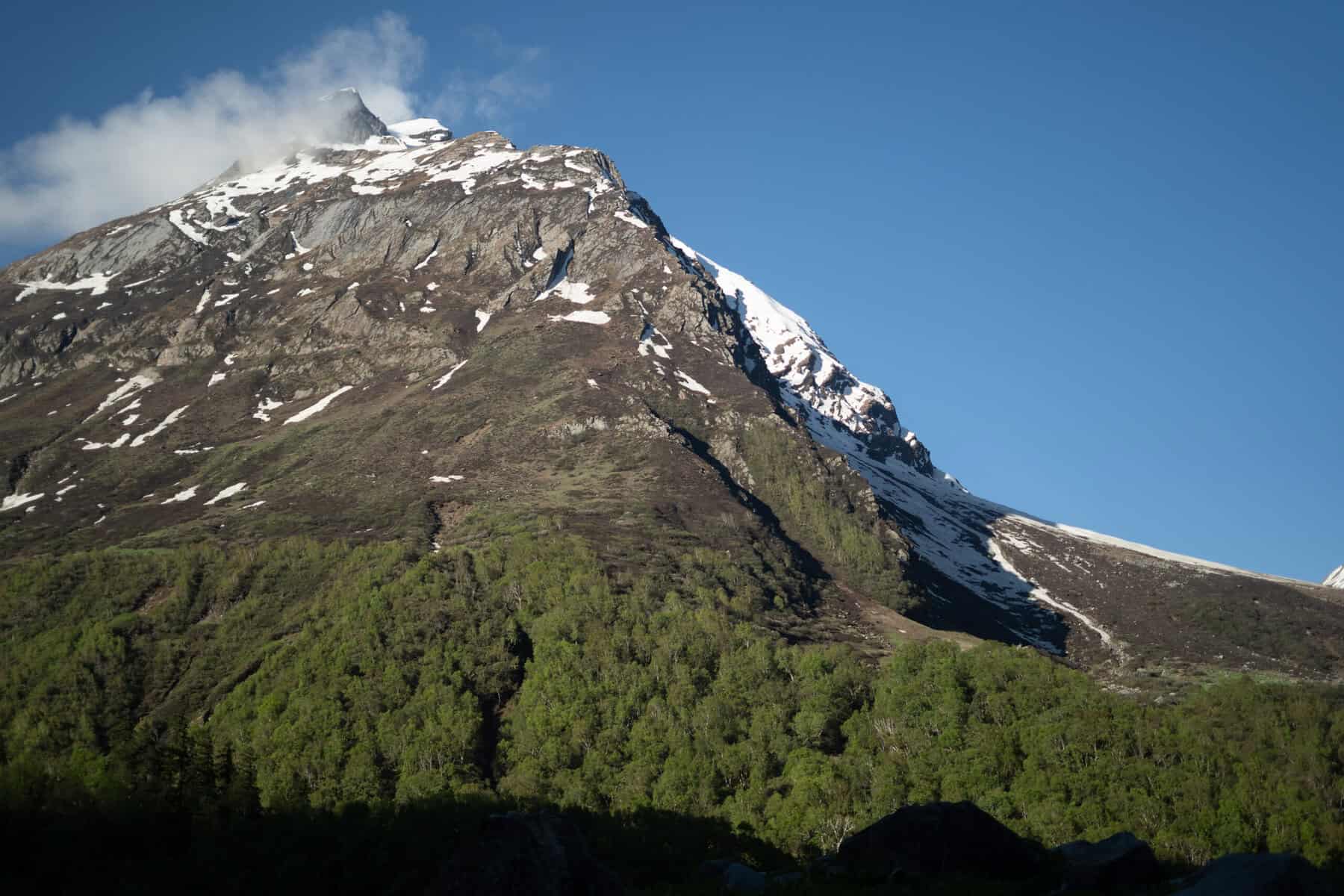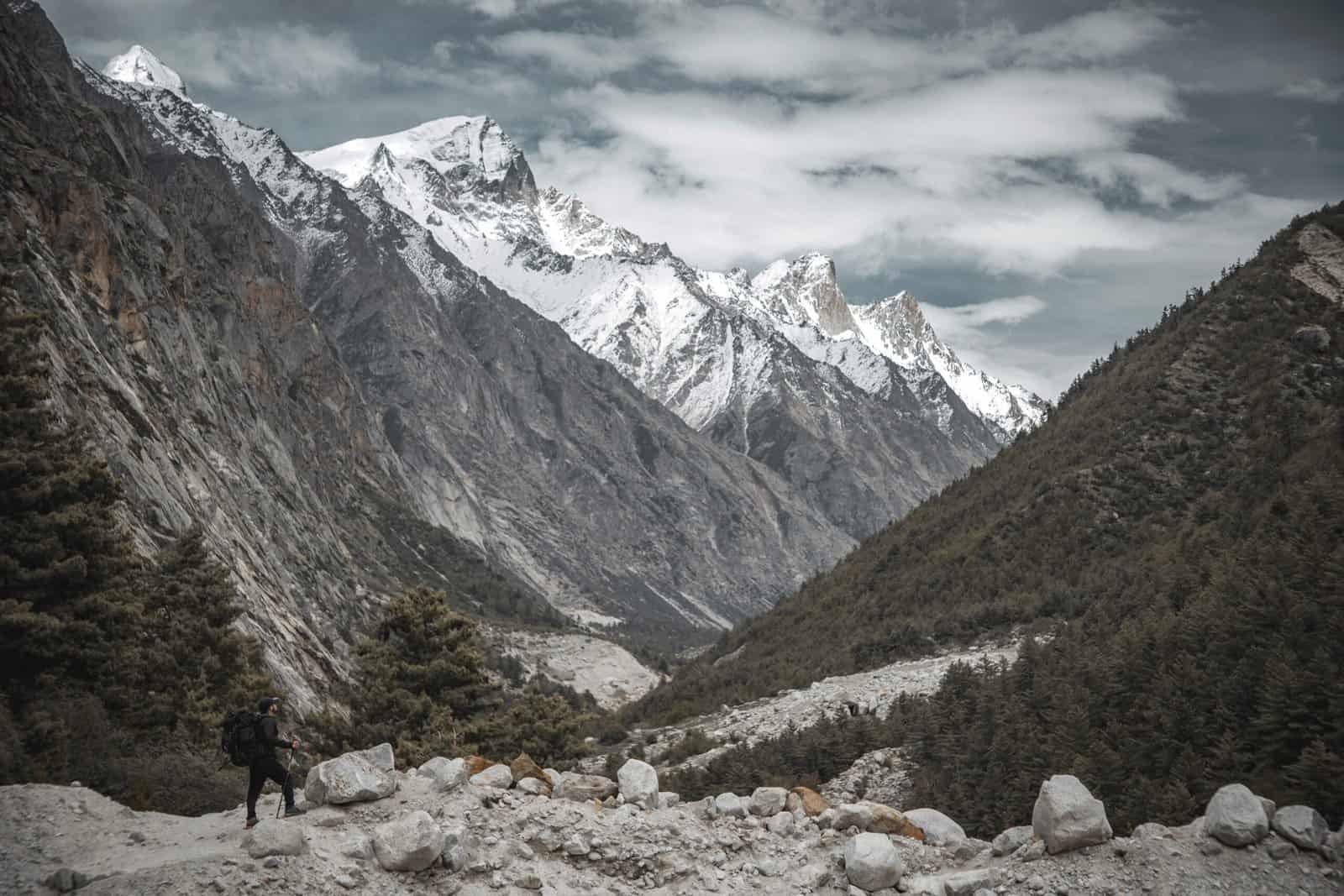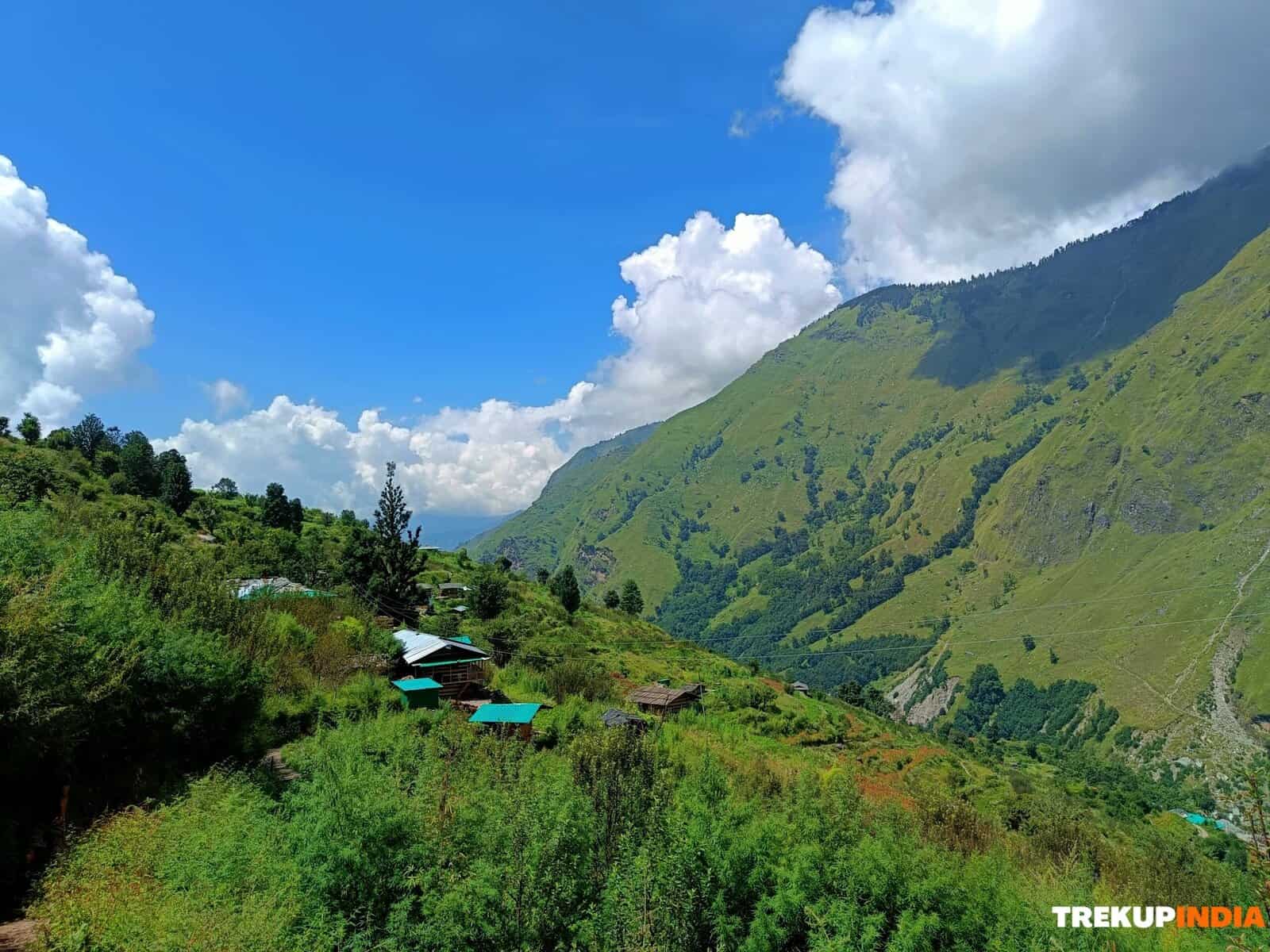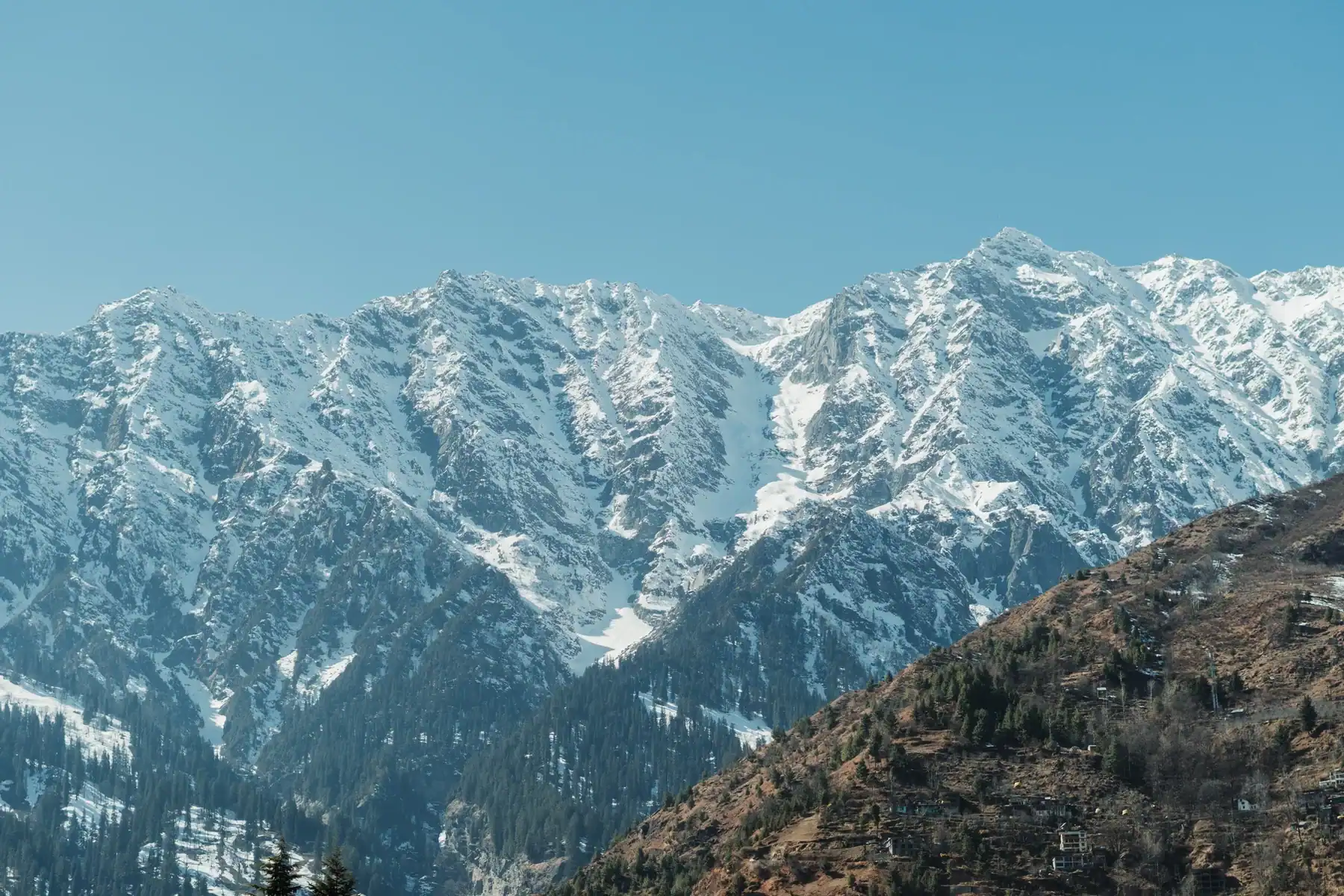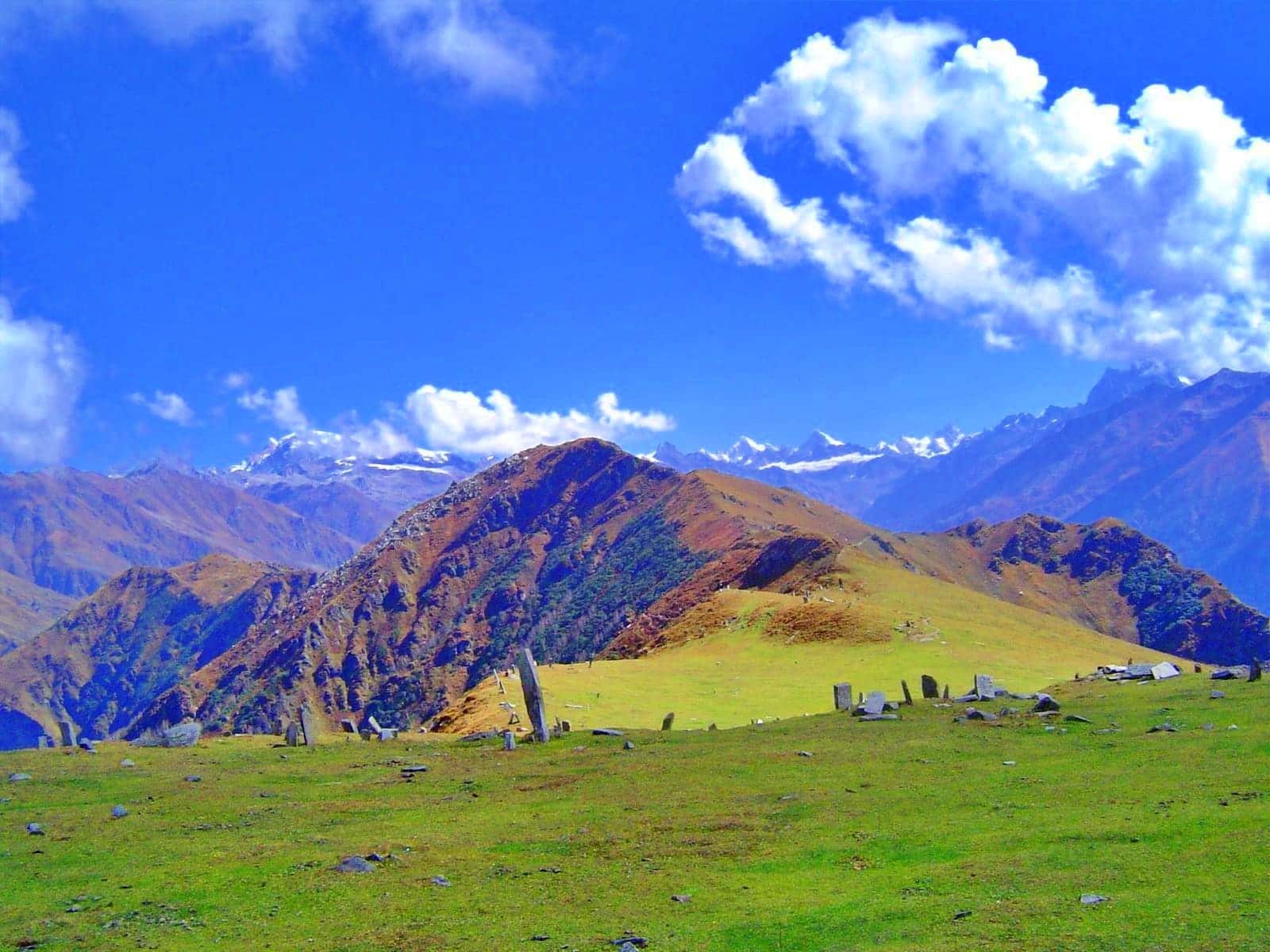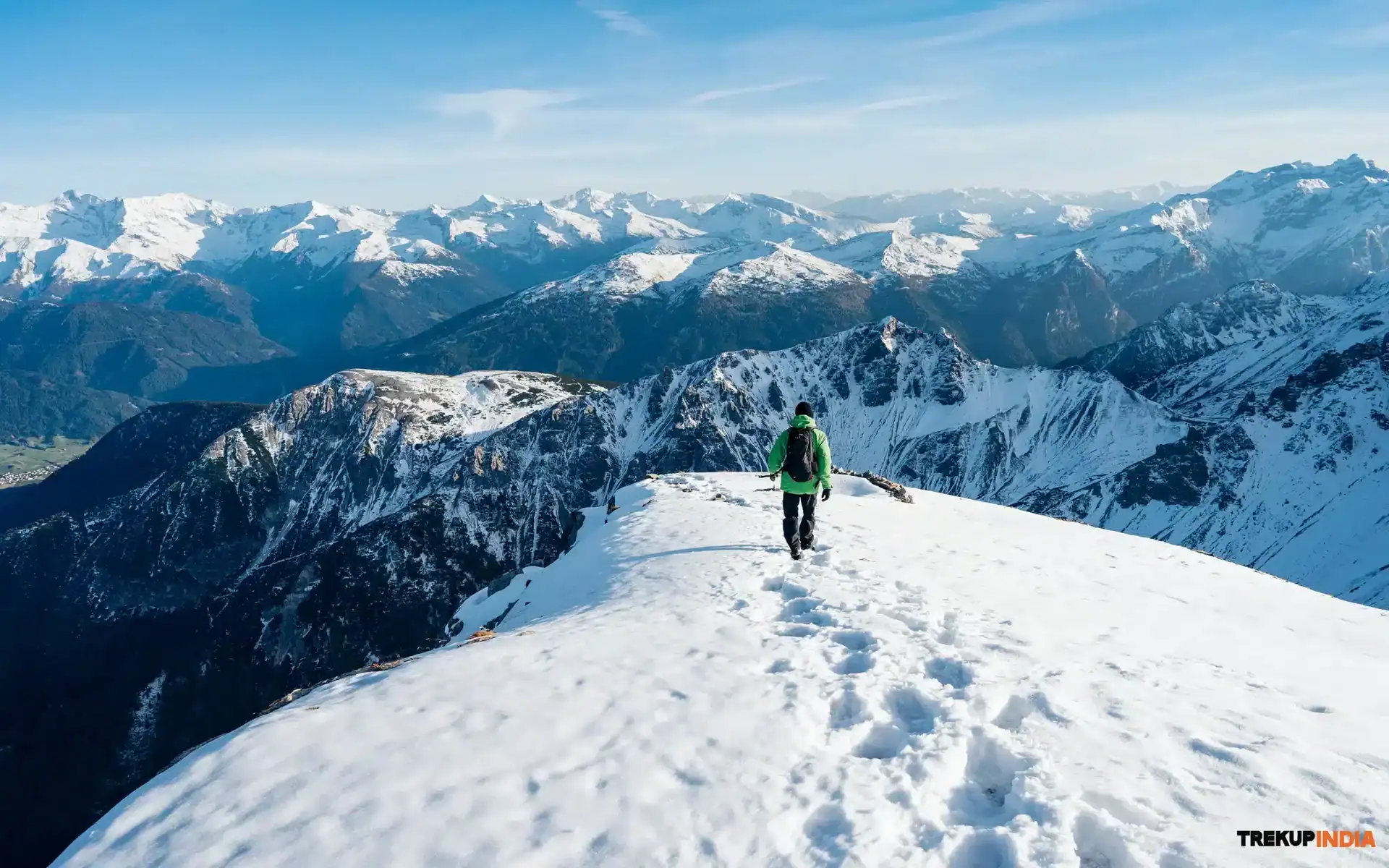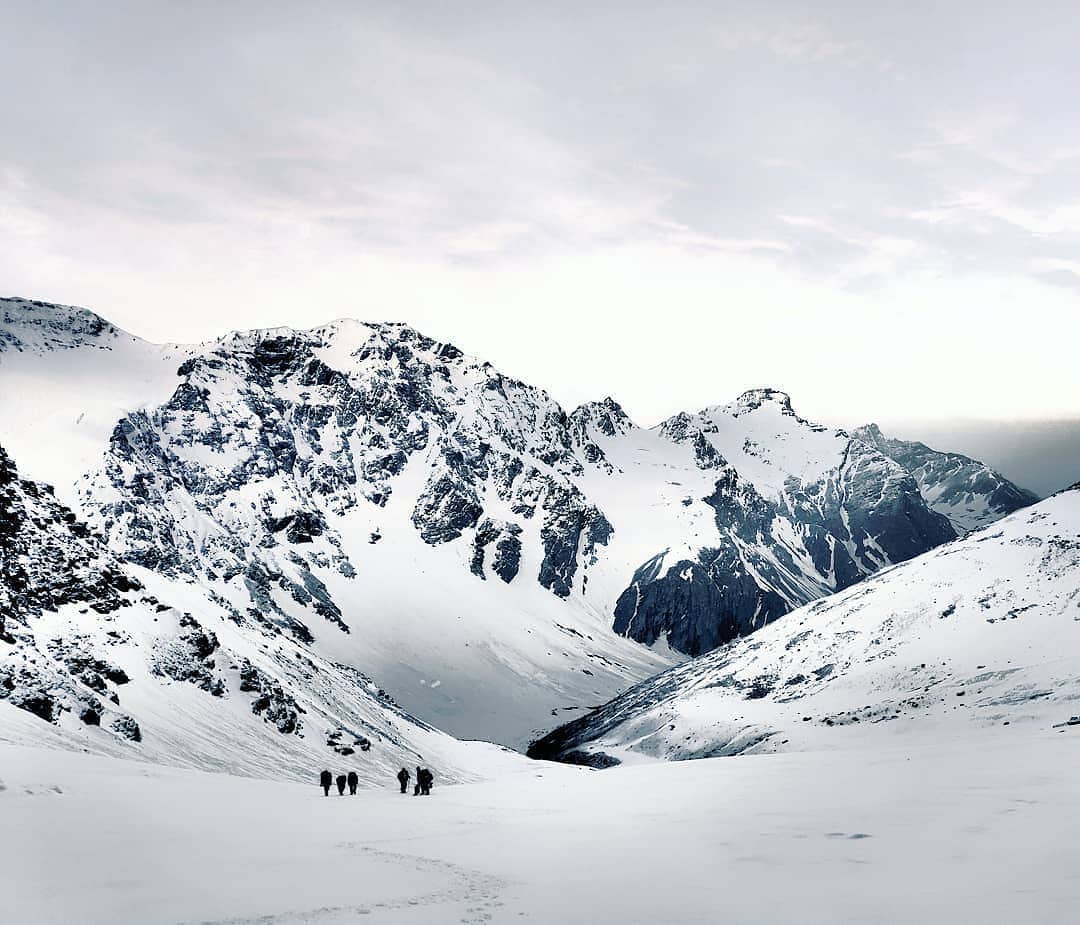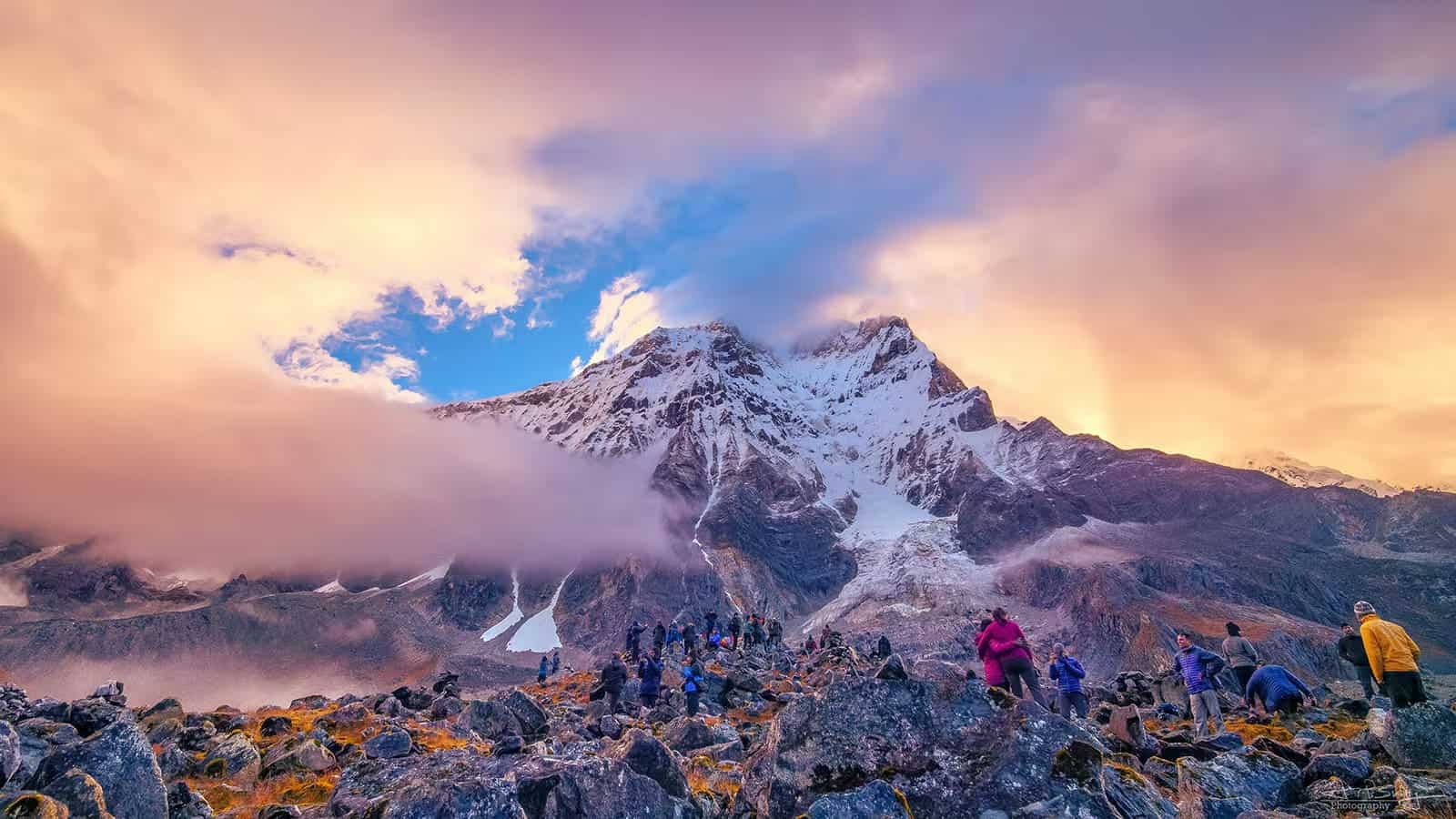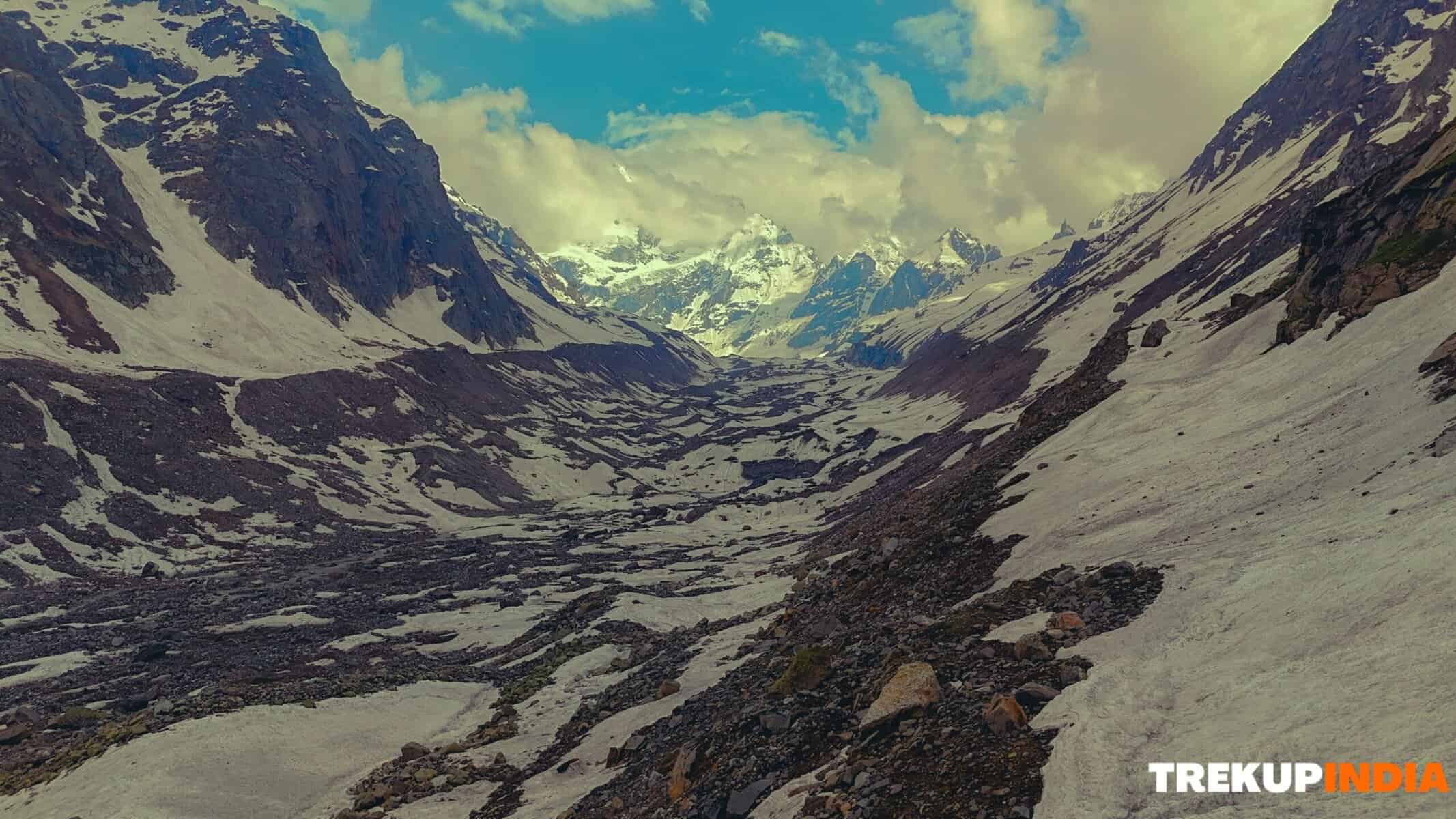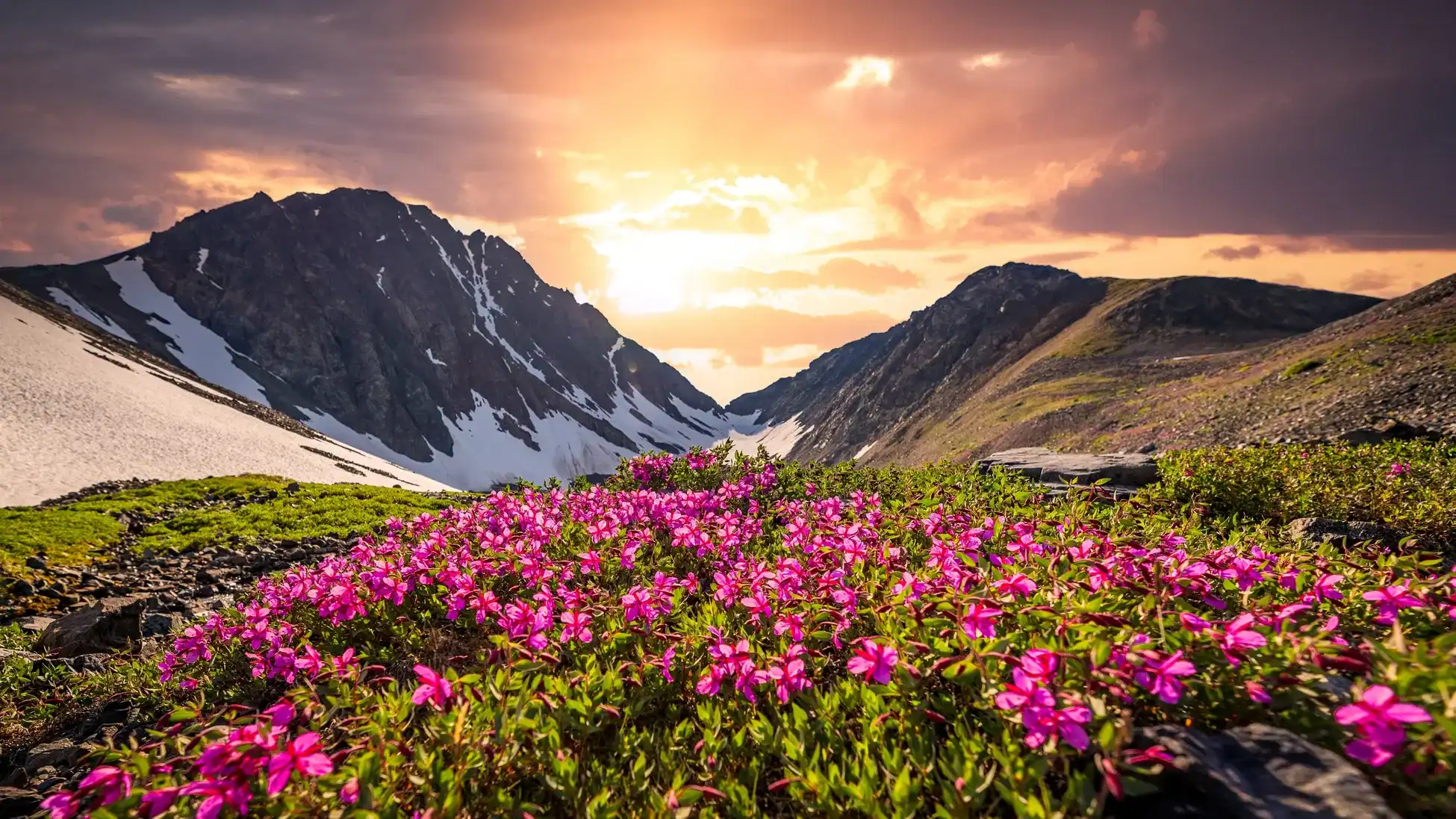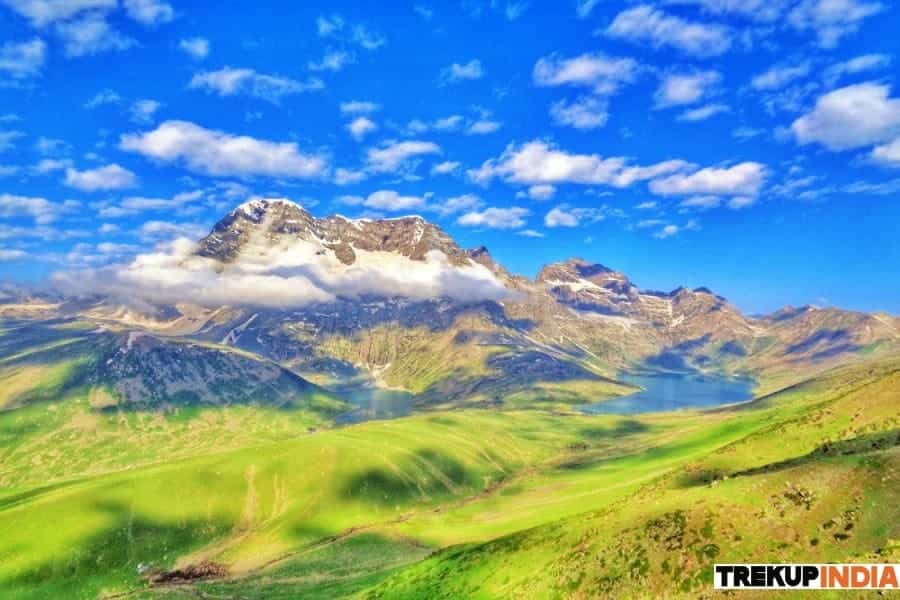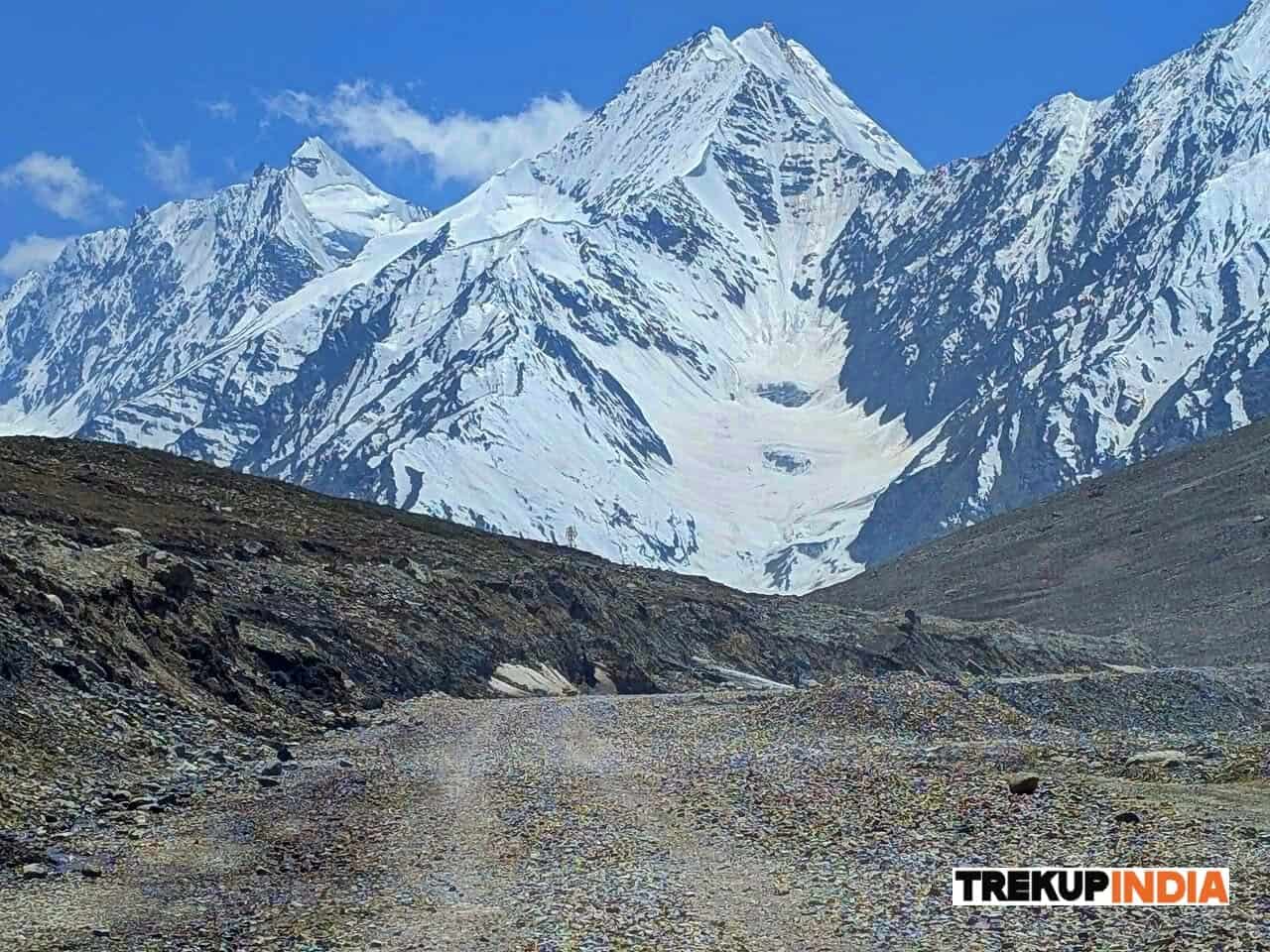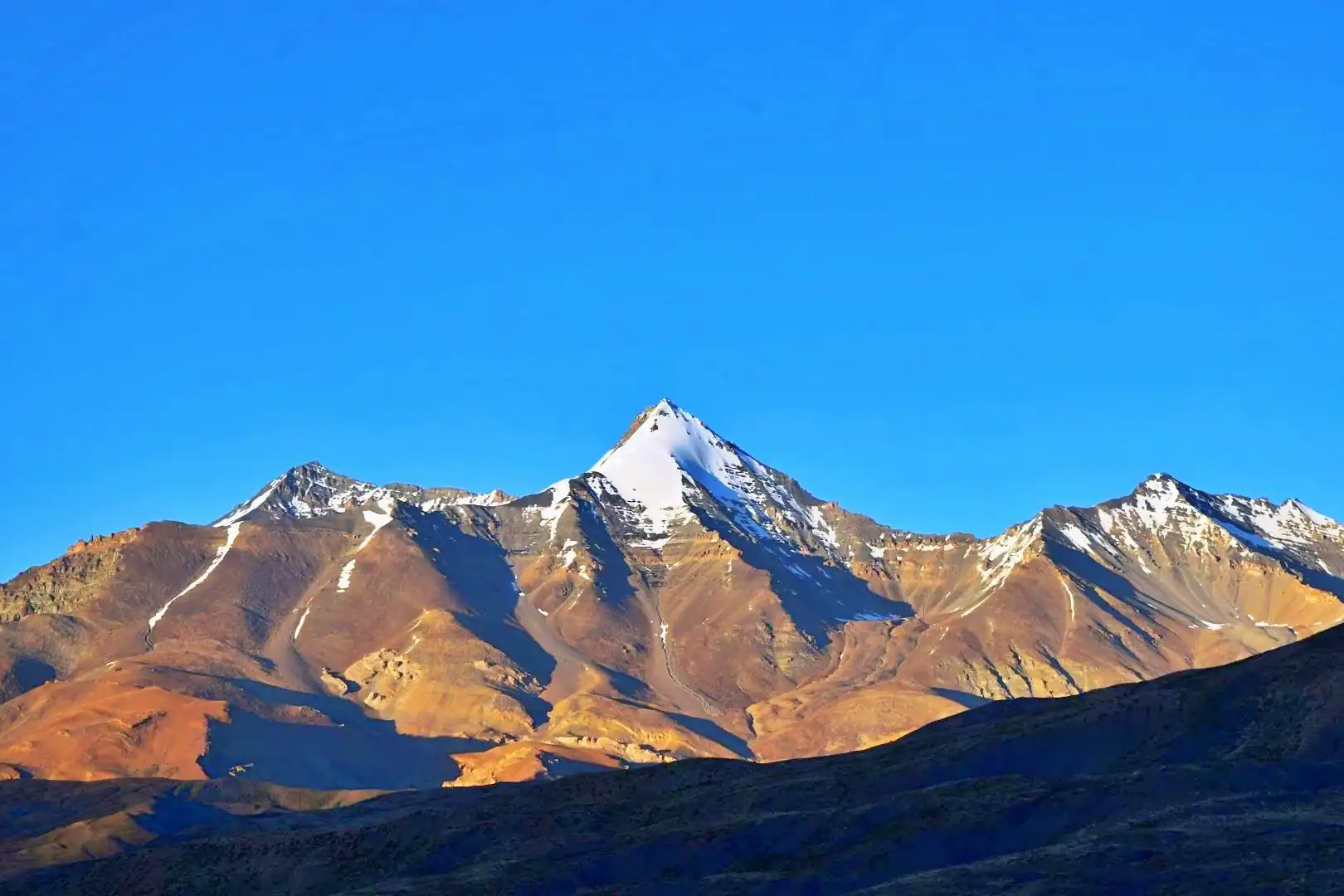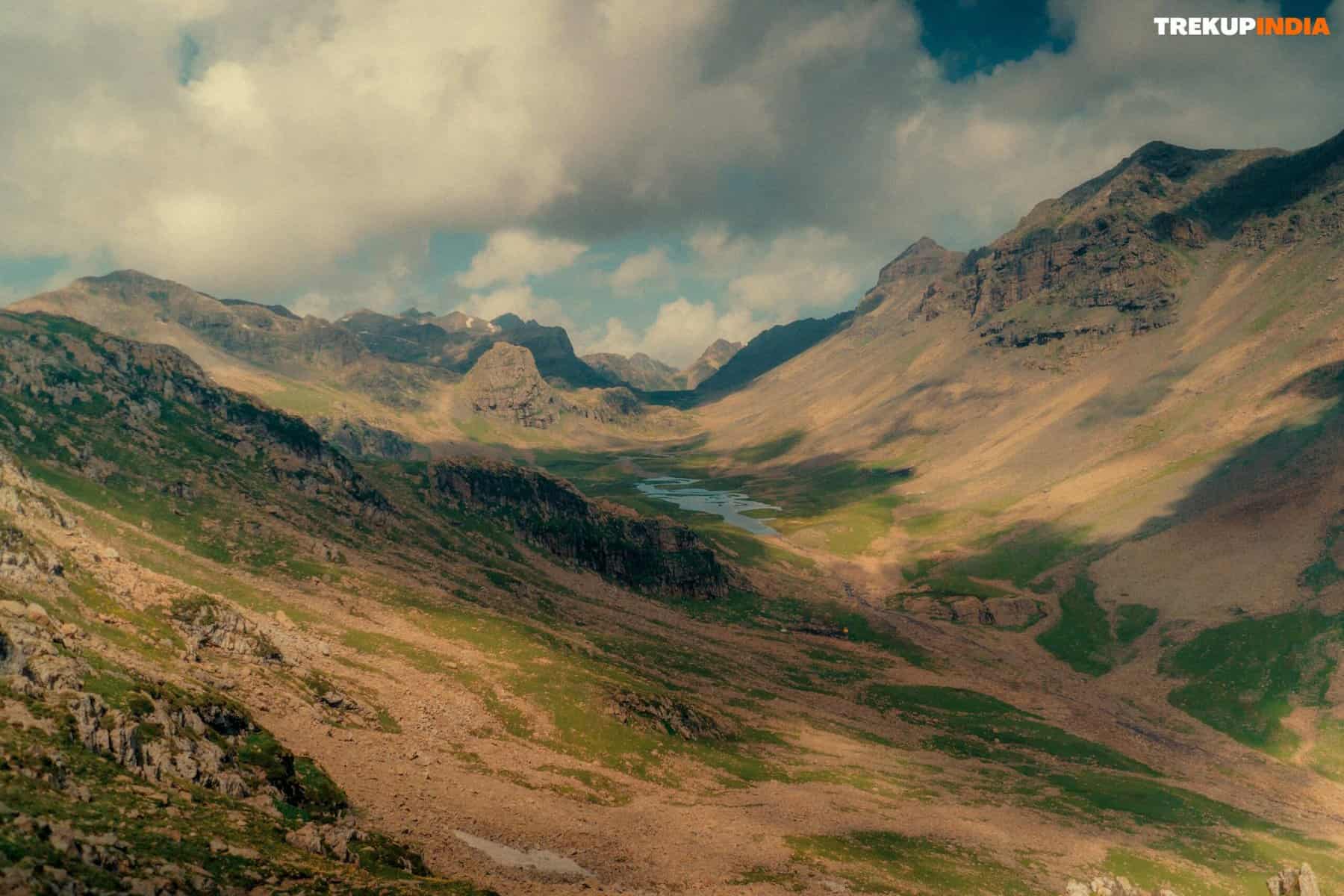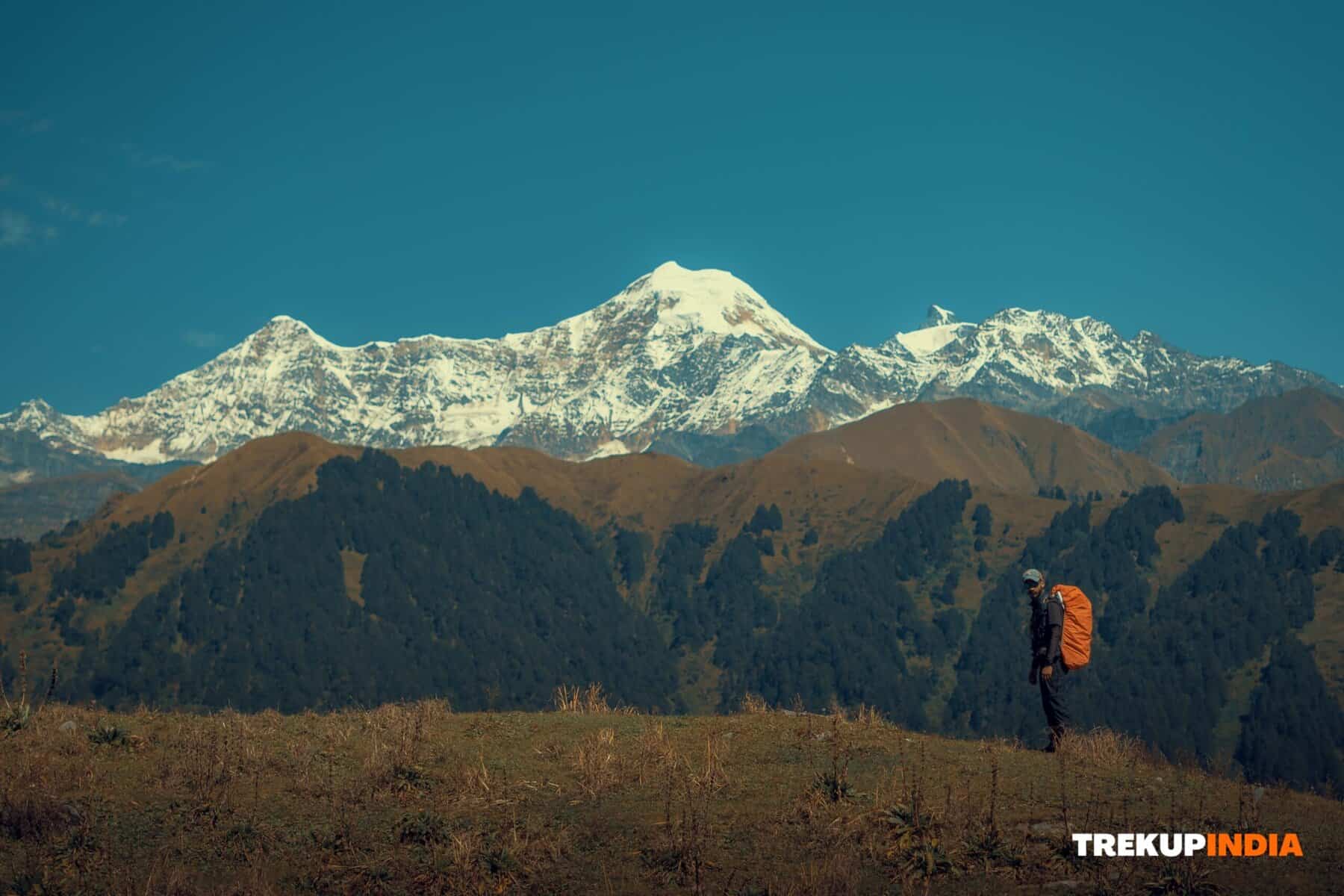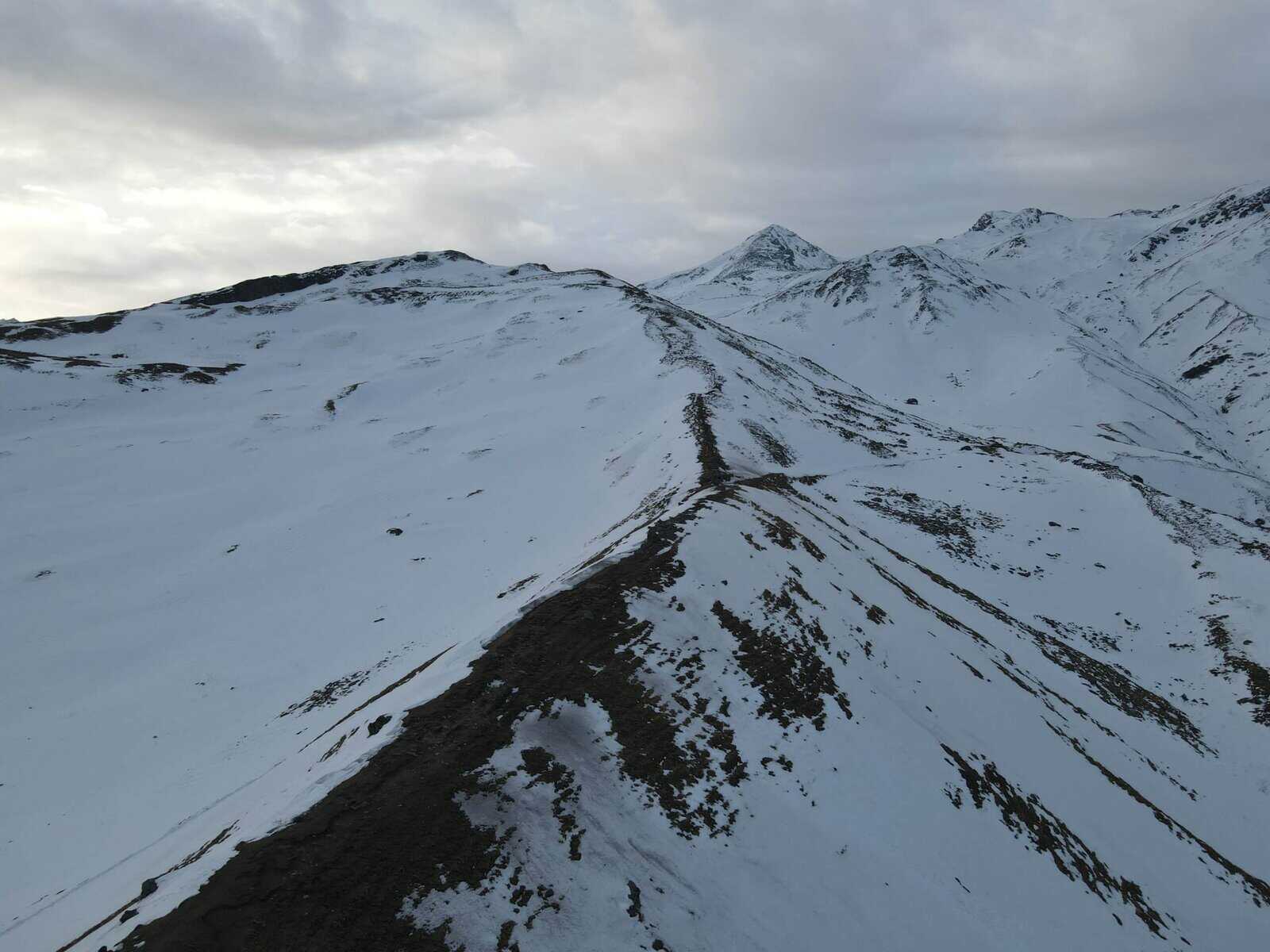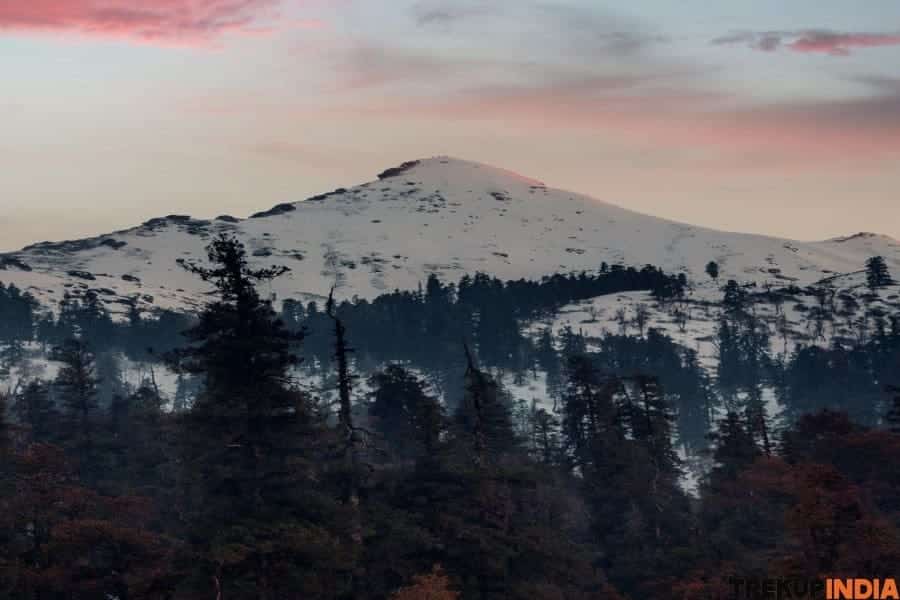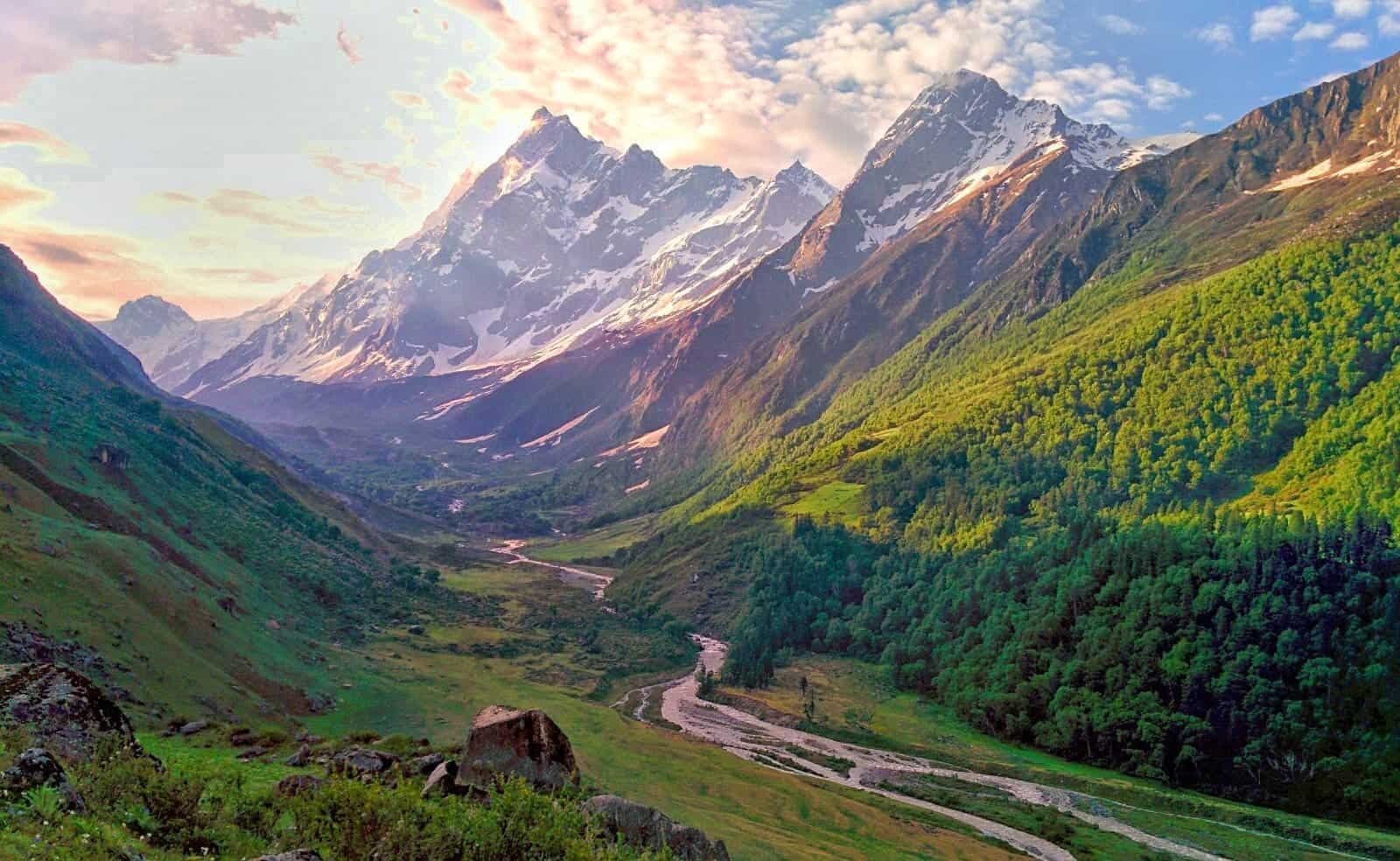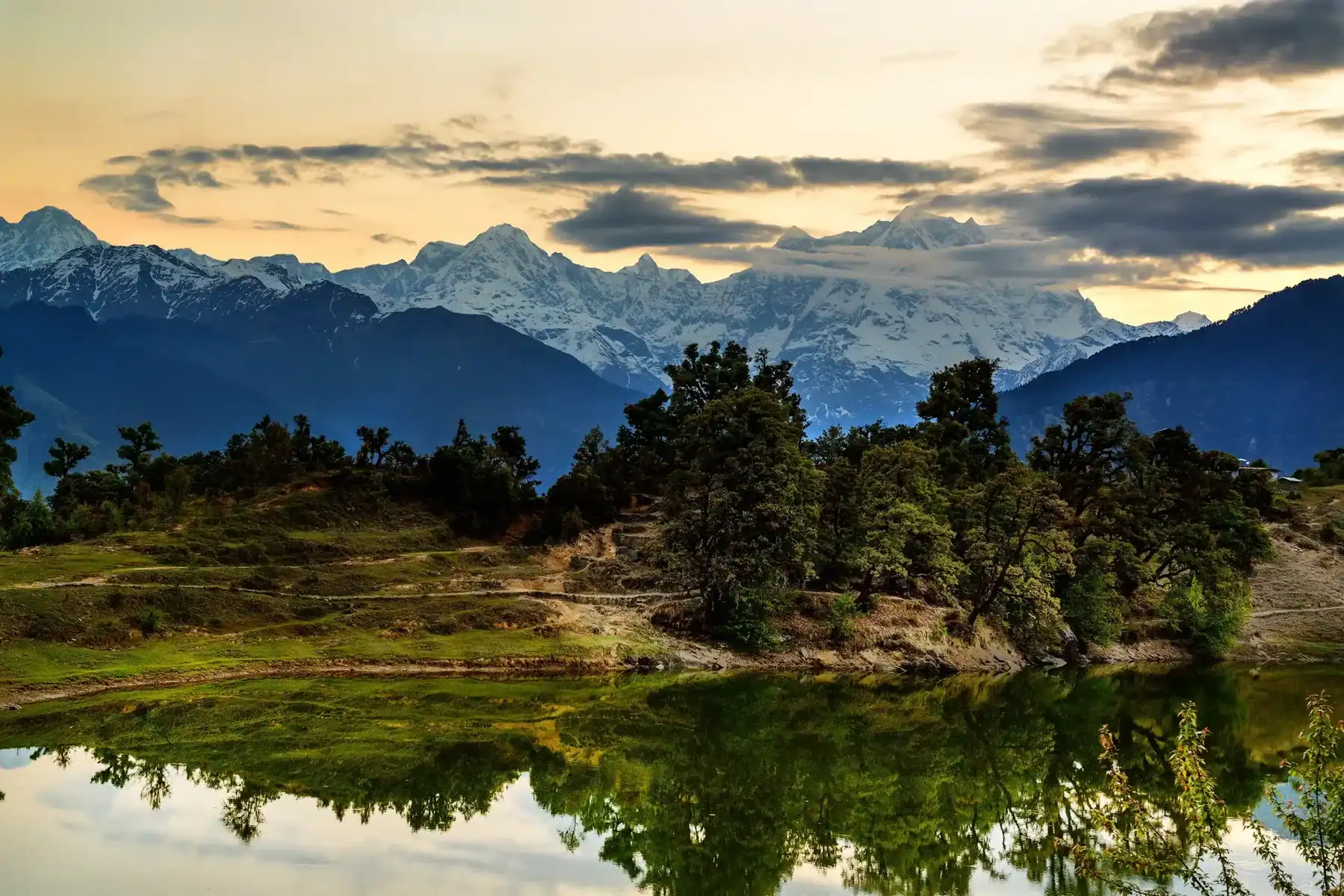How to prevent Altitude Sickness on the Mount Everest Base Camp Trek
If you’re about to take on the Everest Base Camp trek, altitude sickness could be one of your greatest fears—and for good reason. The trek brings you to stunning elevations (literally!), but the thin air can test even the most seasoned trekkers. Having done similar high-altitude treks, I can attest that preparation is the secret to enjoying this adventure safely.
A trek to the Everest Base Camp (EBC) is amongst the most thrilling experiences any traveler can have. With breathtaking vistas of the Himalayas, the rush of climbing to 5,364 meters, and a complete plunge into Sherpa culture, this trek is never-to-be-forgotten. But the high altitude and challenging terrain call for preparation, insight, and proper trekking company to make a safe and memorable trip.
Here’s a step-by-step guide on how to avoid altitude sickness so you can enjoy every moment of the Mount Everest Base Camp trek.
Altitude sickness or Acute Mountain Sickness (AMS) is an illness that results from decreased oxygen at high altitudes. The symptoms are headaches, nausea, dizziness, tiredness, and insomnia. If left untreated, it can progress to severe illnesses such as High-Altitude Pulmonary Edema (HAPE) or High-Altitude Cerebral Edema (HACE).
Before the Trek (Pre-trek Routine)
Build Your Fitness:
Cardio Training: Enhance lung function with running, cycling, or swimming for a minimum of 30–45 minutes, 4–5 times per week.
Strength Training: Use exercises such as squats, lunges, planks, and deadlifts to strengthen legs and core.
Hiking Practice: Practice on uneven terrain with a backpack full of weights to mimic trekking conditions.
Medical Check-Up: Visit a doctor to ensure you’re fit for high-altitude trekking. Discuss the use of medications like Diamox, which helps prevent AMS.
Gear Preparation: Essential items include:
- A sub-zero sleeping bag
- Thermal layers and waterproof jackets
- Trekking poles
- A good pair of hiking boots
- A pulse oximeter to monitor oxygen levels
Choose the Best Time to Visit
The best time for an Everest Base Camp trek is either pre-monsoon season (March-May) or post-monsoon season (Sept-November). The periods see clear weather, temperate weather, and safe trails.
During the Trek
Take It Slow: Trek gradually to help your body adapt. Recall the golden rule: sleep low, climb high.
Acclimatization Days: All itineraries have rest days at Namche Bazaar (3,440 meters) and Dingboche (4,410 meters). Utilize these days to relax and discover shorter hikes to help with acclimatization.
Stay Hydrated: Drink a minimum of 3–4 liters of water every day. Avoid alcohol and caffeine as they cause dehydration in your body.
Monitor Symptoms: Be aware of initial signs of AMS and do not neglect them. If symptoms intensify, head down to lower altitude right away.
Eat Nutrient-Dense Foods: Maintain your energy levels through meals that have high carbs, proteins, and fats. Pack snacks such as nuts, energy bars, and dried fruits.
Take Medicines if Needed: Talk to your doctor regarding the use of Diamox before or during the trek. It’s a prevention but not an alternative to acclimatization.
Why Trekup India is the Best Option for the Mount Everest Base Camp Trek
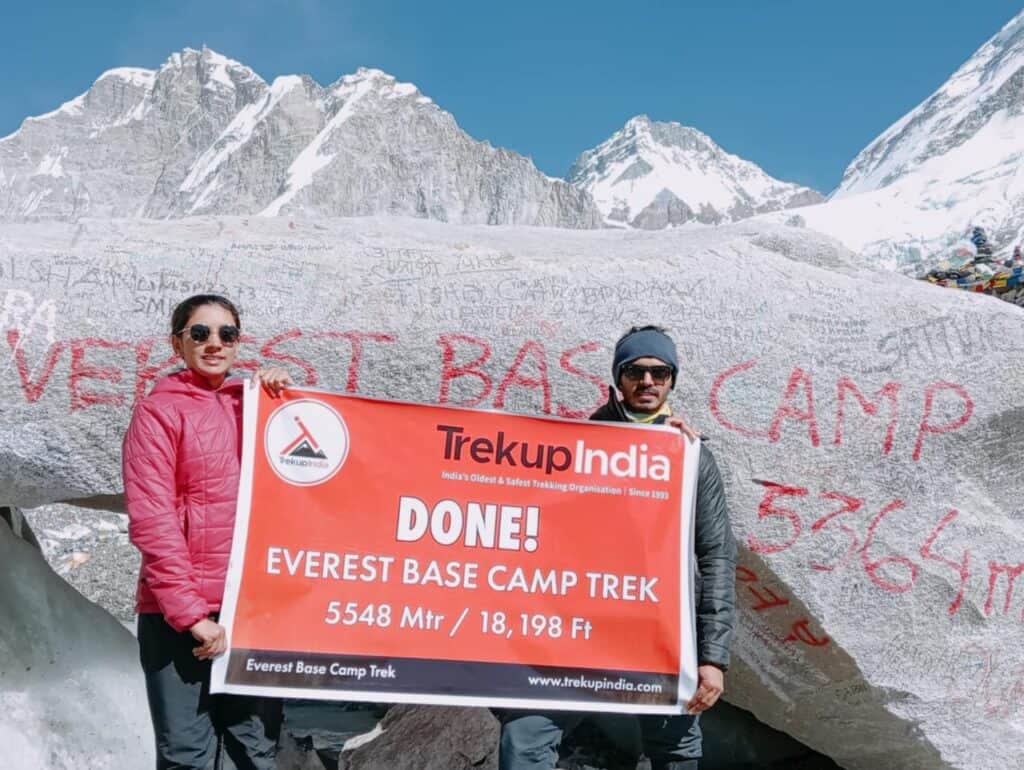
Selecting the appropriate trekking company makes a big difference in having a safe and pleasant experience. Trekup India excels for the following reasons:
Expert Guides: Their guides are expert professionals with experience in dealing with altitude issues.
Safety-First Policy: Trekup India cares for your health by tracking your oxygen levels every day and gradually acclimatizing you.
Transparency in Pricing: Their pricing includes all the basics without any surprise charges.
Personalized Itineraries: They have customizable timetables, so you can trek according to your own pace.
Community-Based: With their local Sherpa community partnerships, they ensure real cultural immersion and contribute to the local economy.
When you trek with Trekup India, you’re not merely reserving a trek; you’re providing yourself with a secure and memorable experience and a team of people who truly care about your journey.
Important Tips to Remember
Trek Insurance: Ensure your insurance covers high-altitude trekking and emergency evacuation.
Trekking Permits: You’ll need the Sagarmatha National Park Permit and a TIMS (Trekkers’ Information Management System) card (All this will be taken care of by our team if you choose Trekup India).
Pack Light: Carry only essentials to reduce the strain on your body.
Final Thoughts
Everest Base Camp trek is an experience of a lifetime that calls for careful planning and preparation. On a good fitness program, using necessary precautions to avoid altitude sickness, and selecting the right company like Trekup India, you will be able to plan a safe, satisfying, and memorable adventure.
So, lace up your hiking boots, embrace the adventure, and get ready to stand in the shadow of the mighty Everest. Have questions or want to share your experience? Drop them in the comments below—I’d love to hear from you!
Happy trekking!
About Author

Preetam Singh Rawat (Founder)
The person behind this trekking organization is someone who’s spent over a decade – 12 years, to be exact – living and breathing the mountains. With multiple high altitude summits under his belt (we’re talking 6000 to 7000 meter peaks), he’s not just experienced – he’s the real deal.
But what really sets him apart is the sheer number of treks he has guided. He has led over 200 Himalayan expeditions, including well known routes like Bali Pass, Buran Ghati, Rupin Pass, Pin Bhabha, Stok Kangri, and Black Peak. Not just once, but multiple times. So yeah, when it comes to the Himalayas, he knows every twist in the trail and every story the mountains have to tell.
Got questions or want to get in touch? Write to Preetam at preetam@trekupindia.com. He’s always happy to chat about treks, answer your questions, or help you prepare for your next big adventure.
Share this article
Dates For Upcoming Treks
Want To Trek Like Pro?
Basically, watch these videos if you want to trek the same way professional trekkers do and make your skills better. These videos contain useful tips and techniques to further improve your trekking skills itself. These videos actually help both new and experienced trekkers improve their trekking skills. These videos definitely provide useful tips that make your trek better. We are seeing that these videos by Trekup India experts will only help you make your trekking skills better.
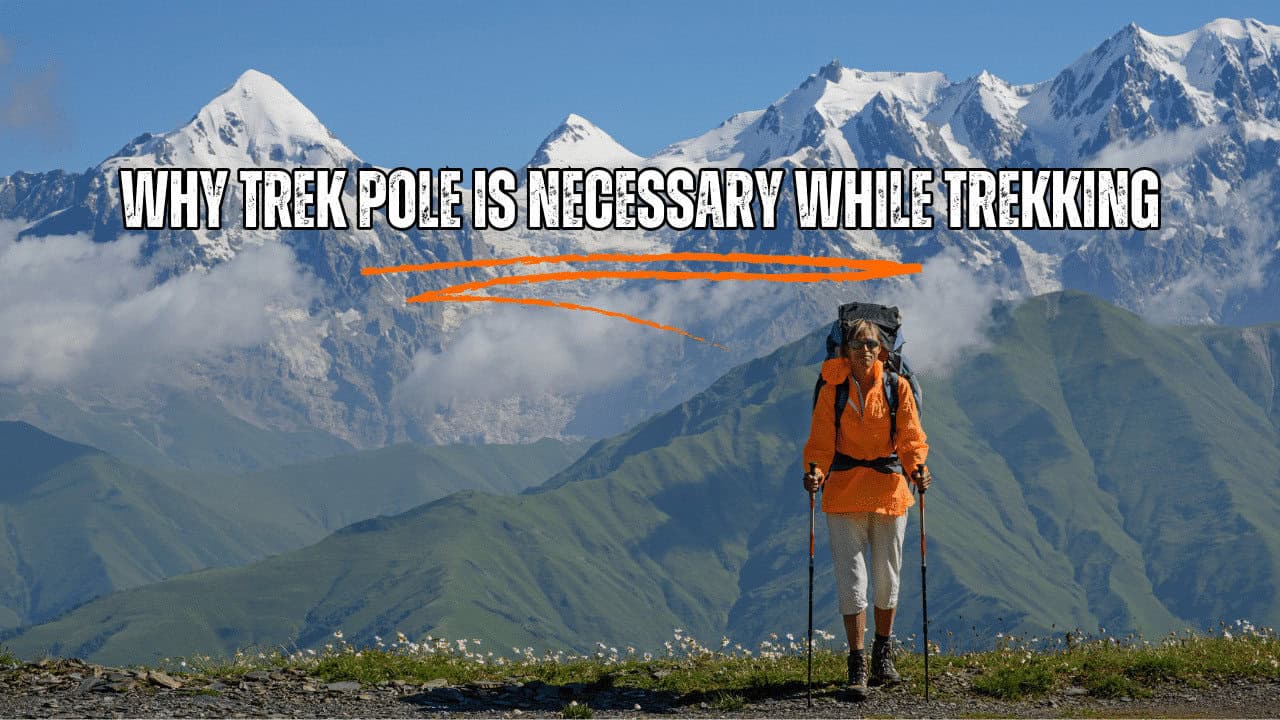
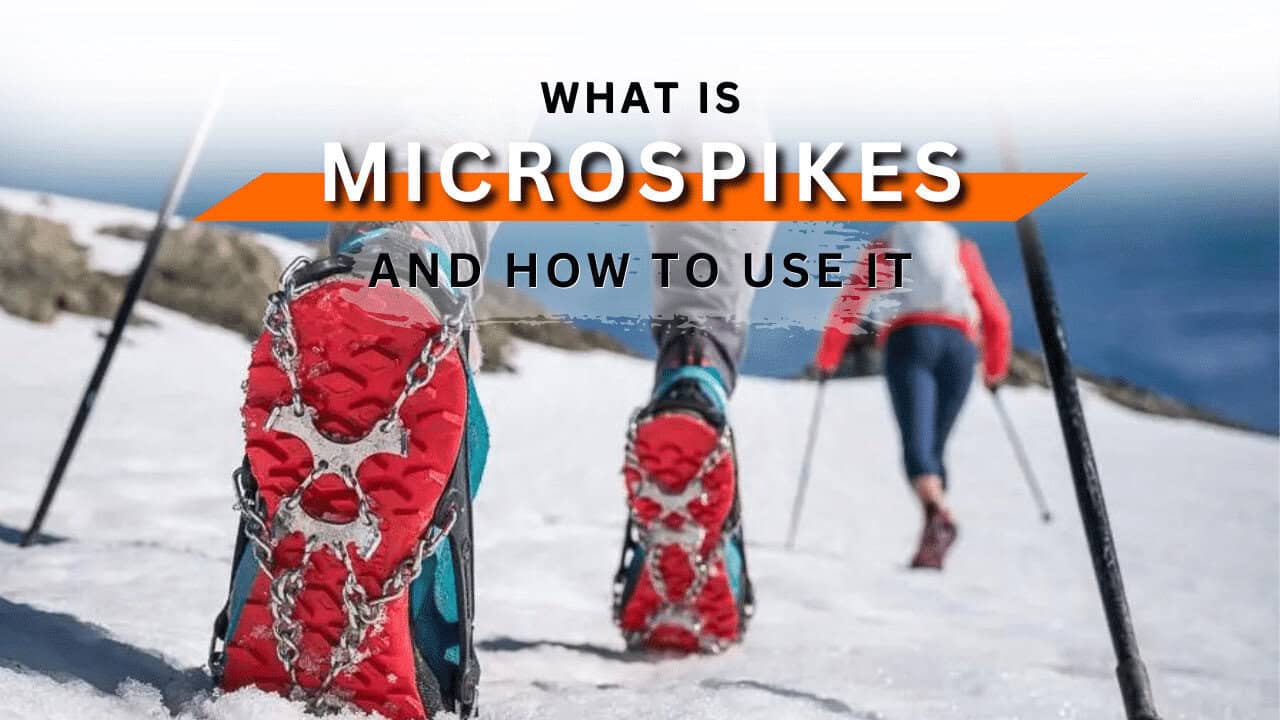

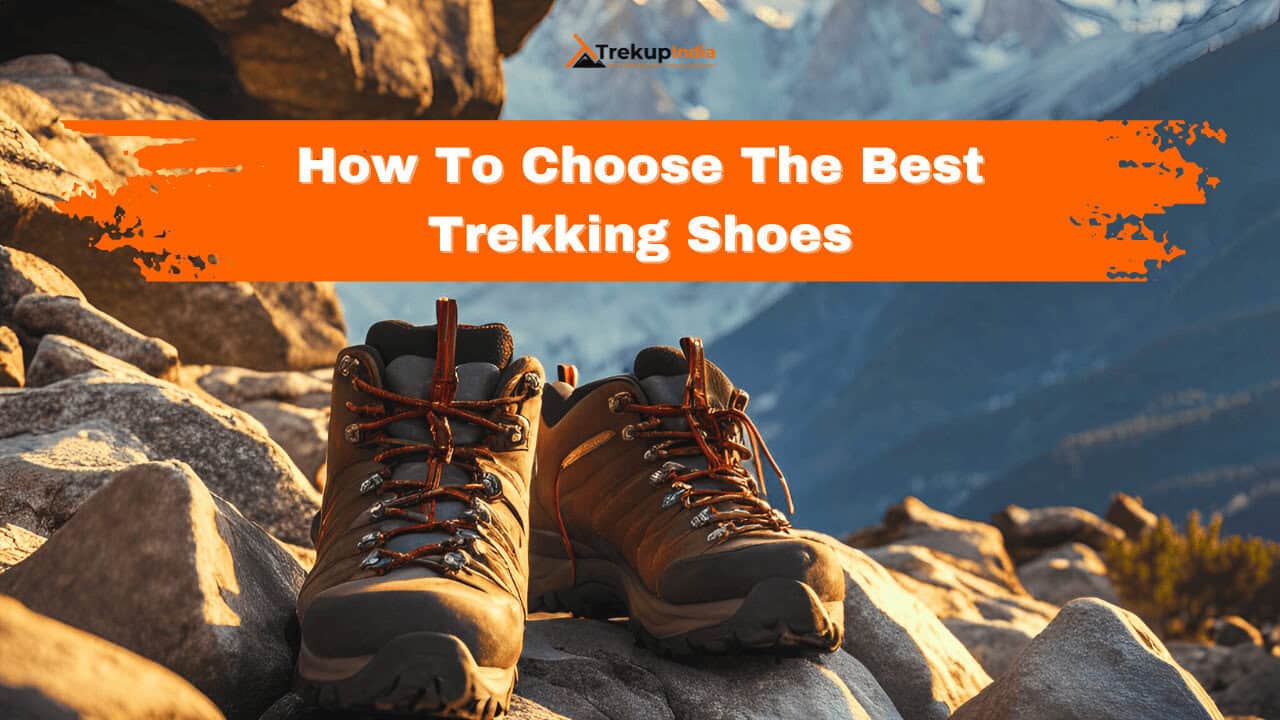
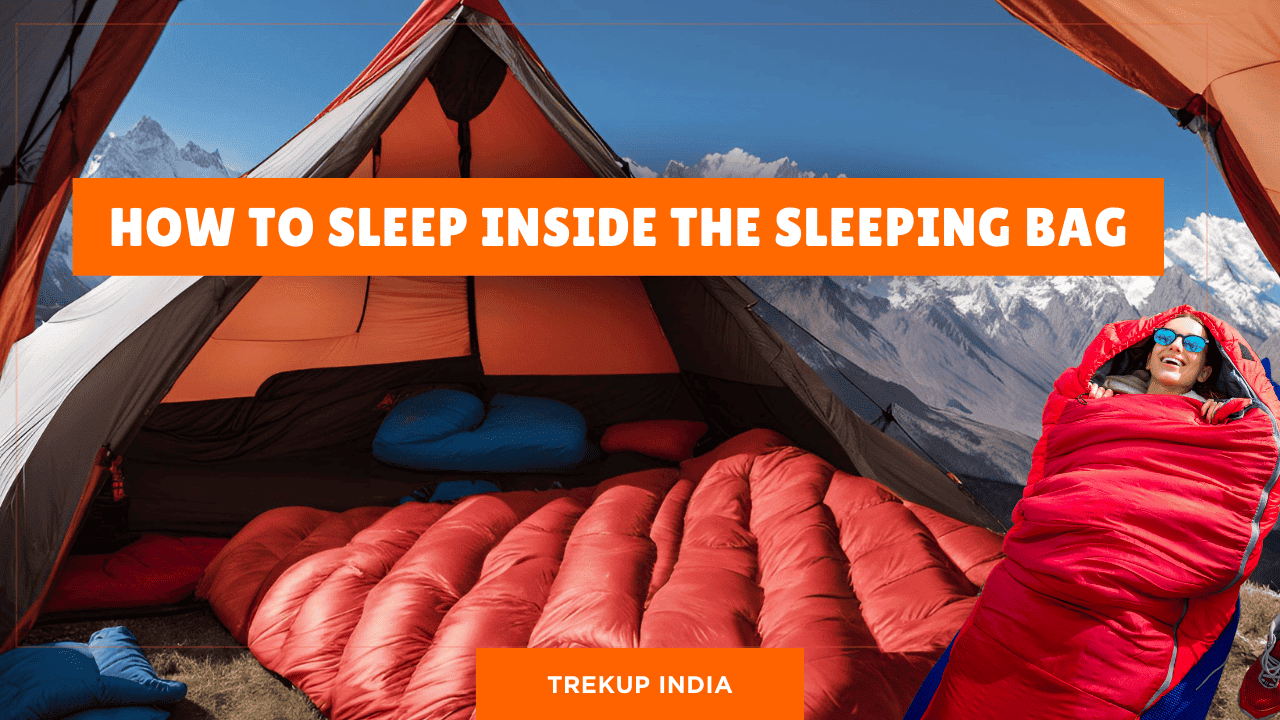
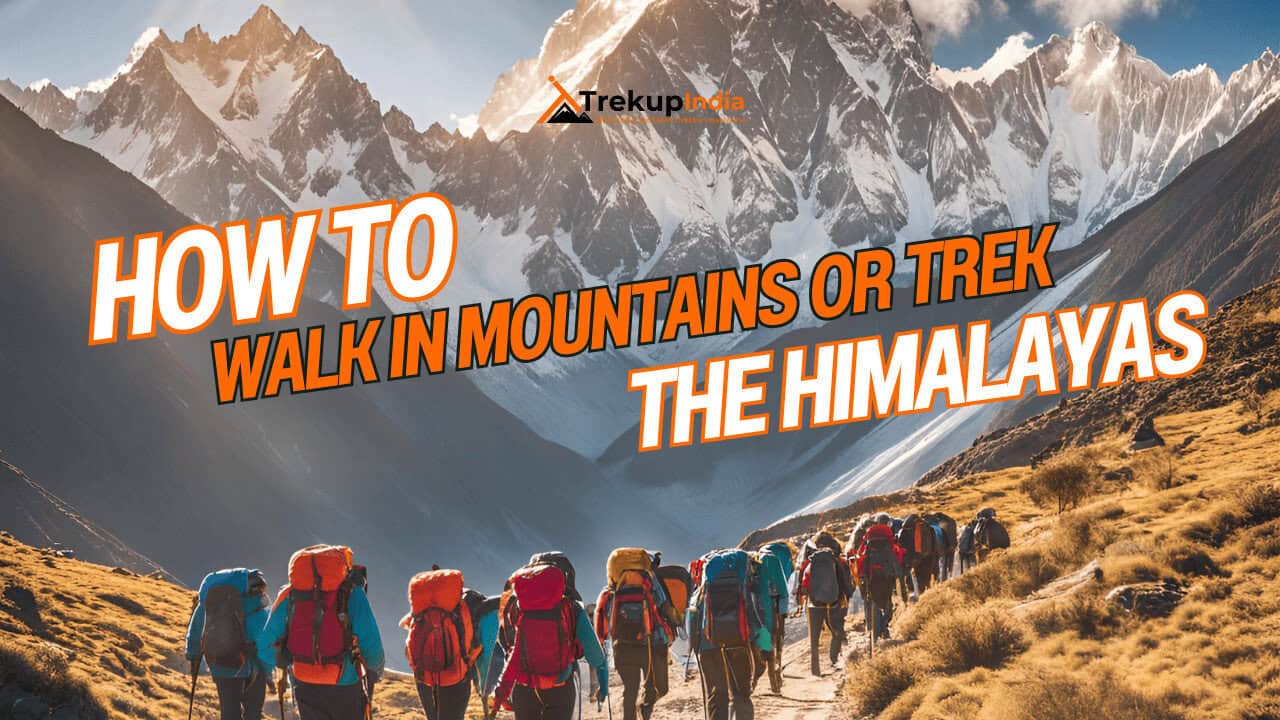
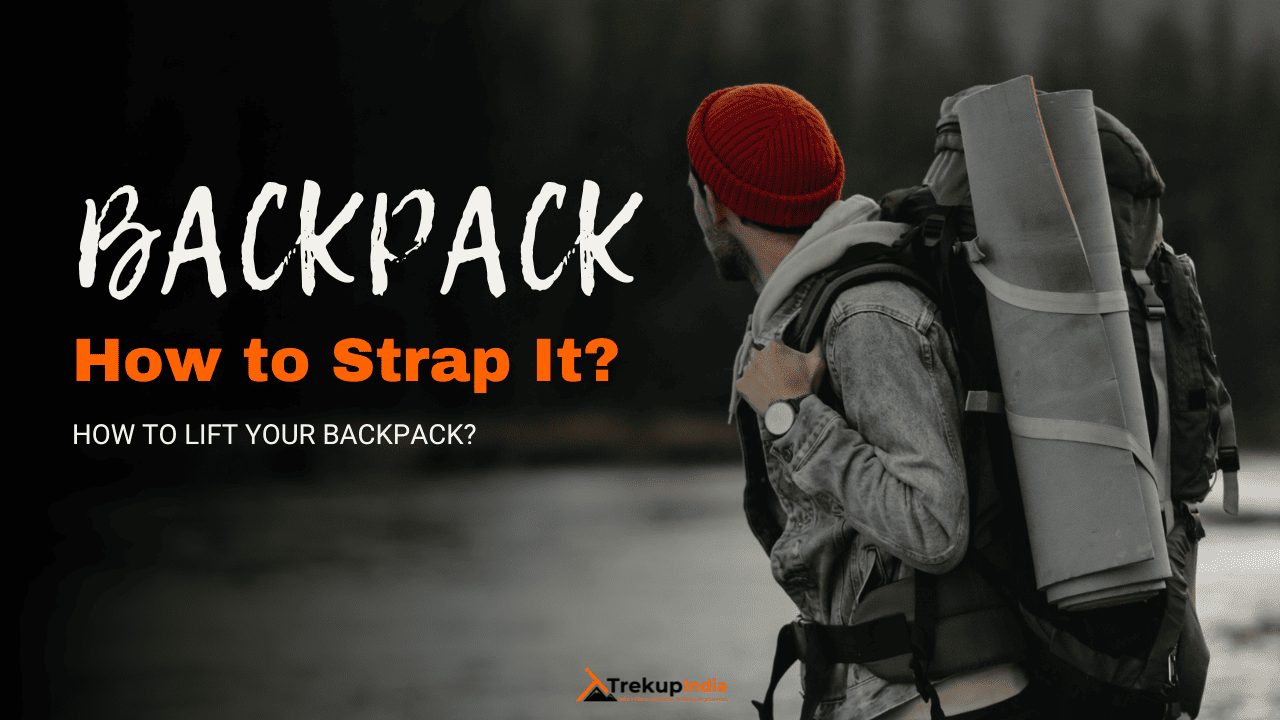
Know Everything About Acute Mountain Sickness
Acute Mountain Sickness occurs when people trek to high altitudes above 8,000 feet. This condition itself develops further due to reduced oxygen levels at such heights. Basically, as you go higher up, the air pressure and oxygen levels decrease, which causes the same problem. Acute Mountain Sickness surely causes headache, nausea, vomiting, and dizziness in affected persons. Moreover, peoples also experience difficulty in sleeping during this condition. To avoid mountain sickness, you should actually trek up slowly to higher altitudes. To learn further about this condition itself, watch the videos by Trekup India.
